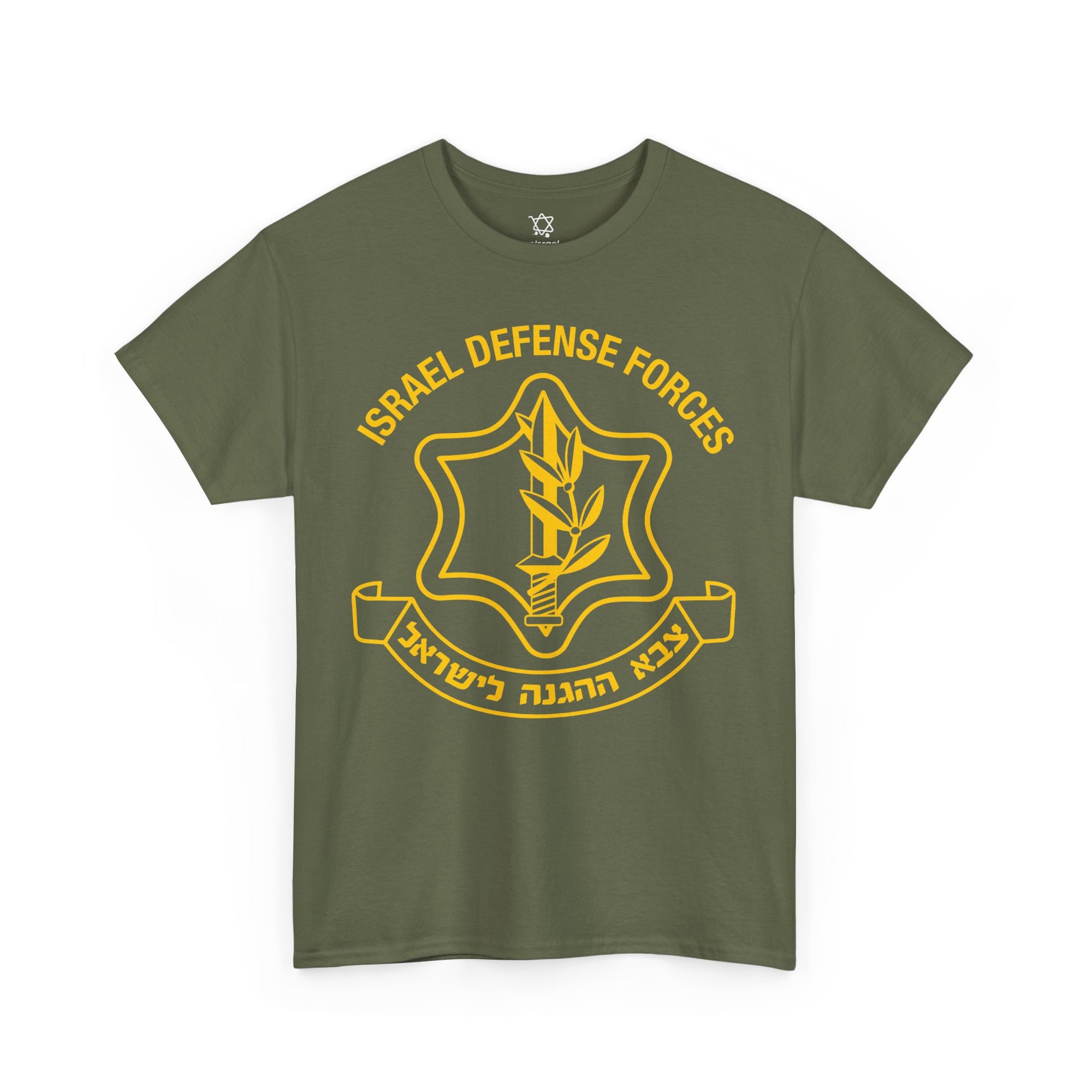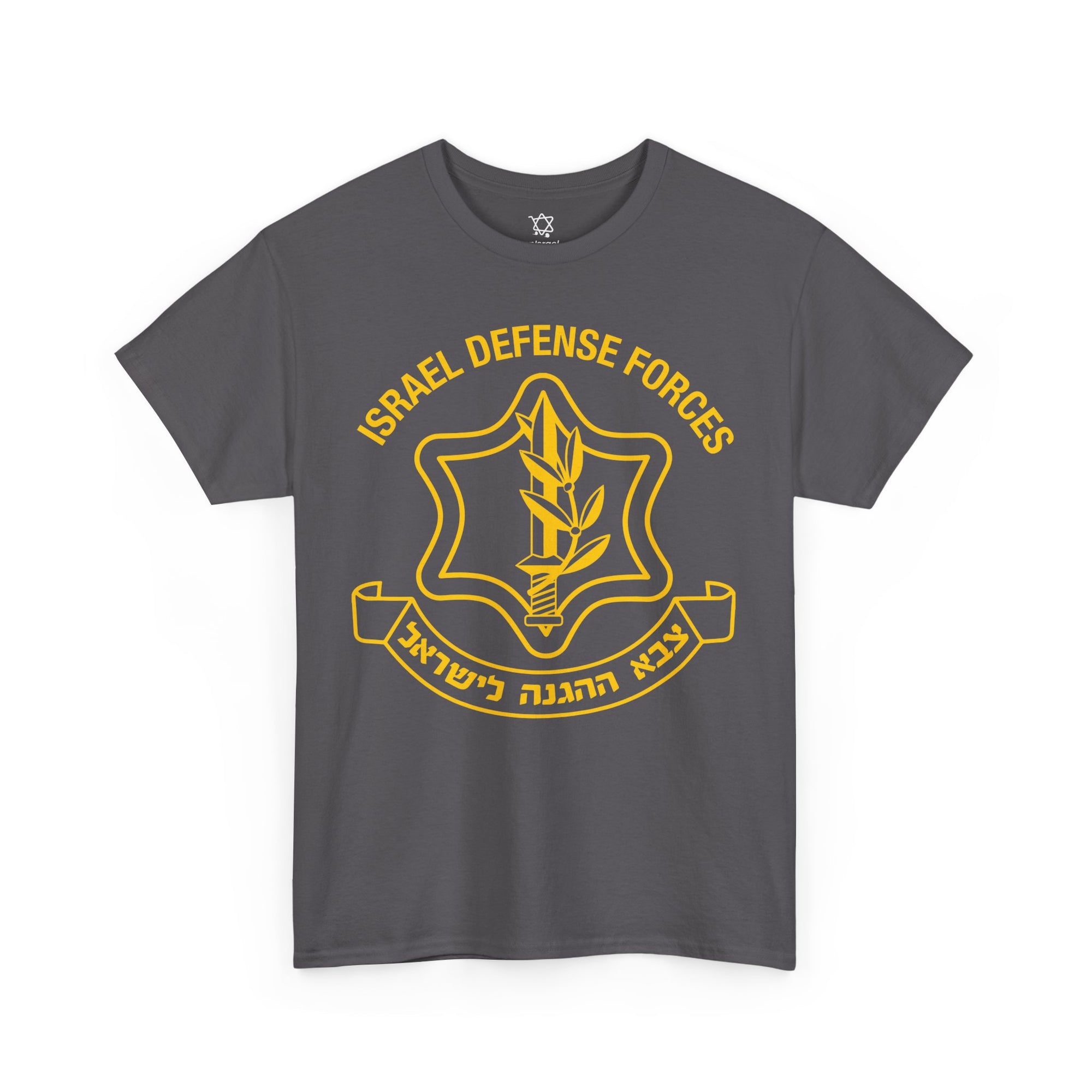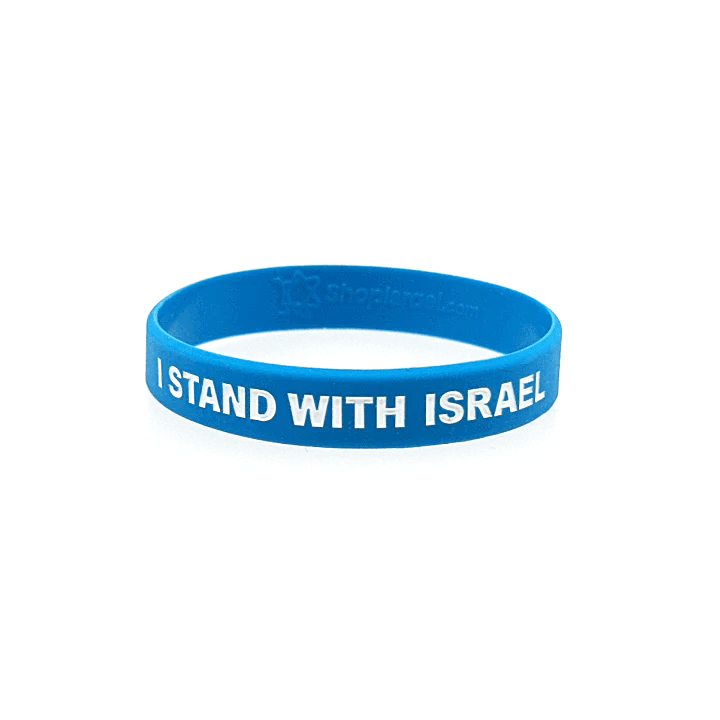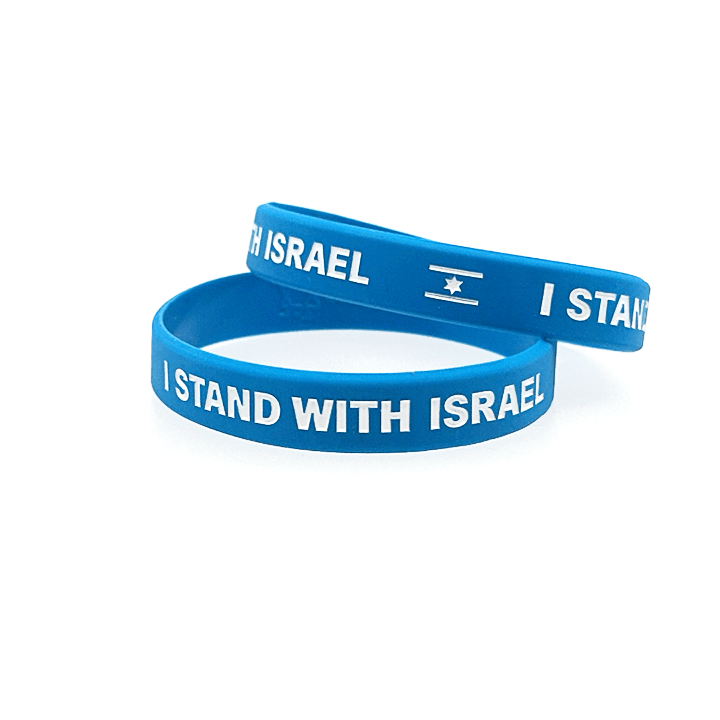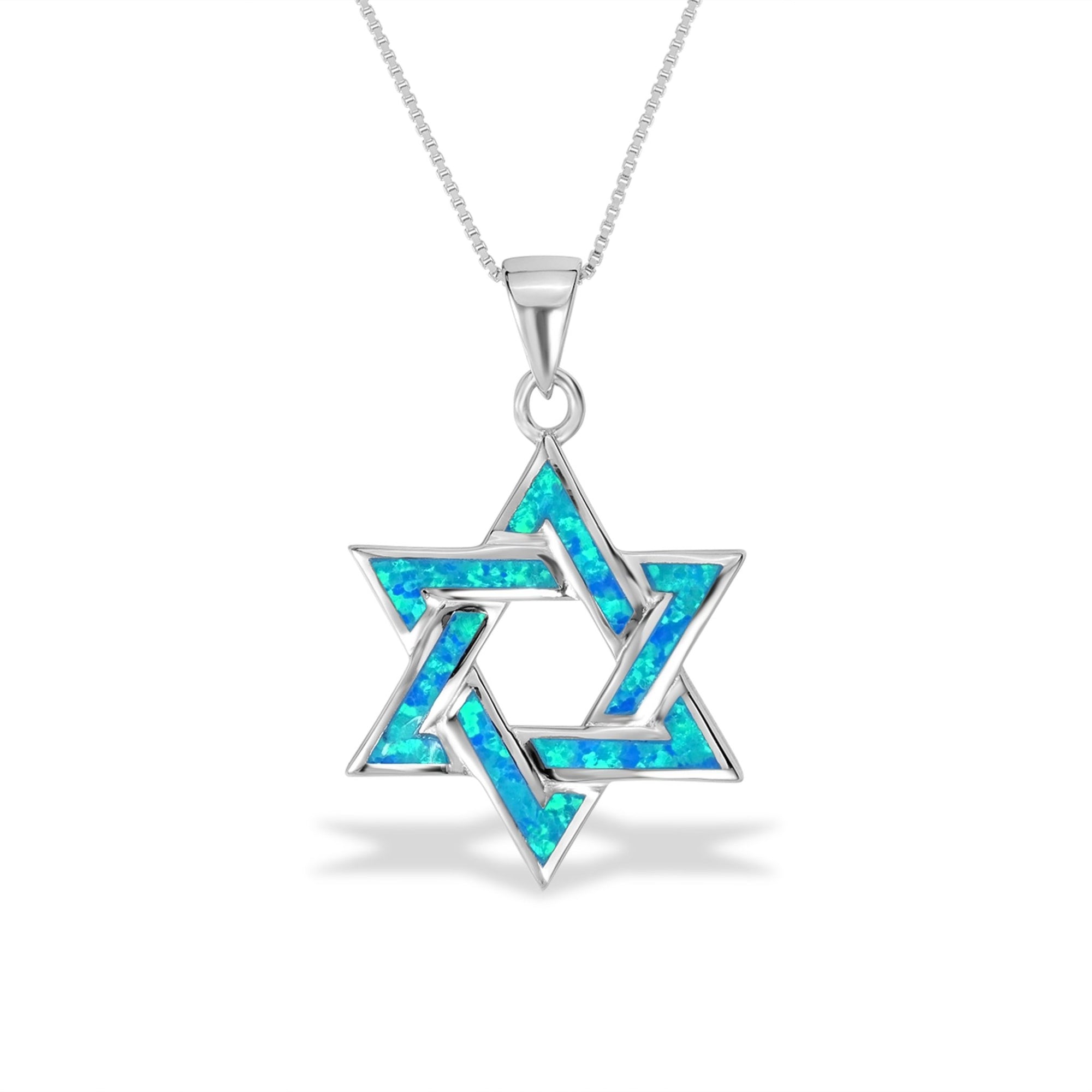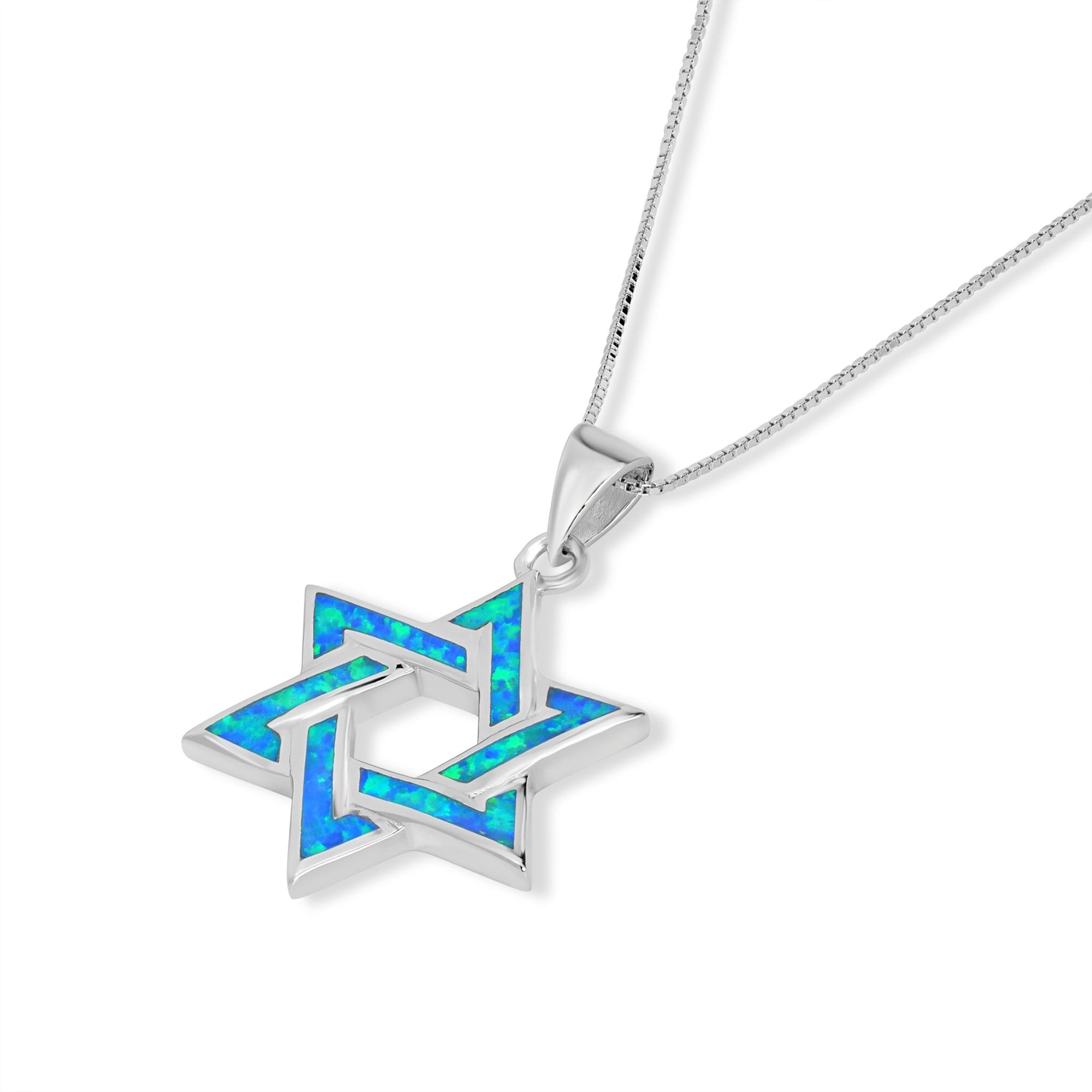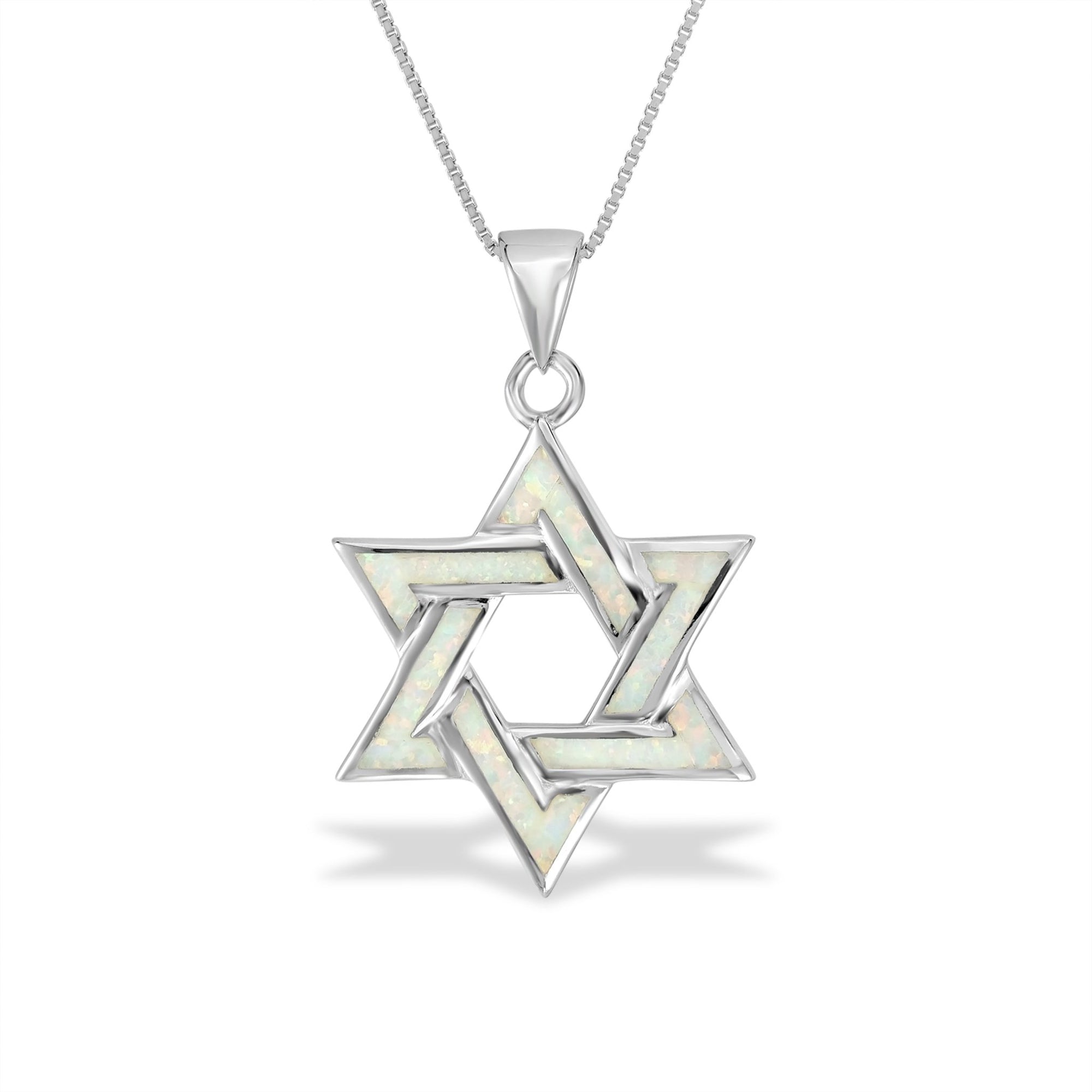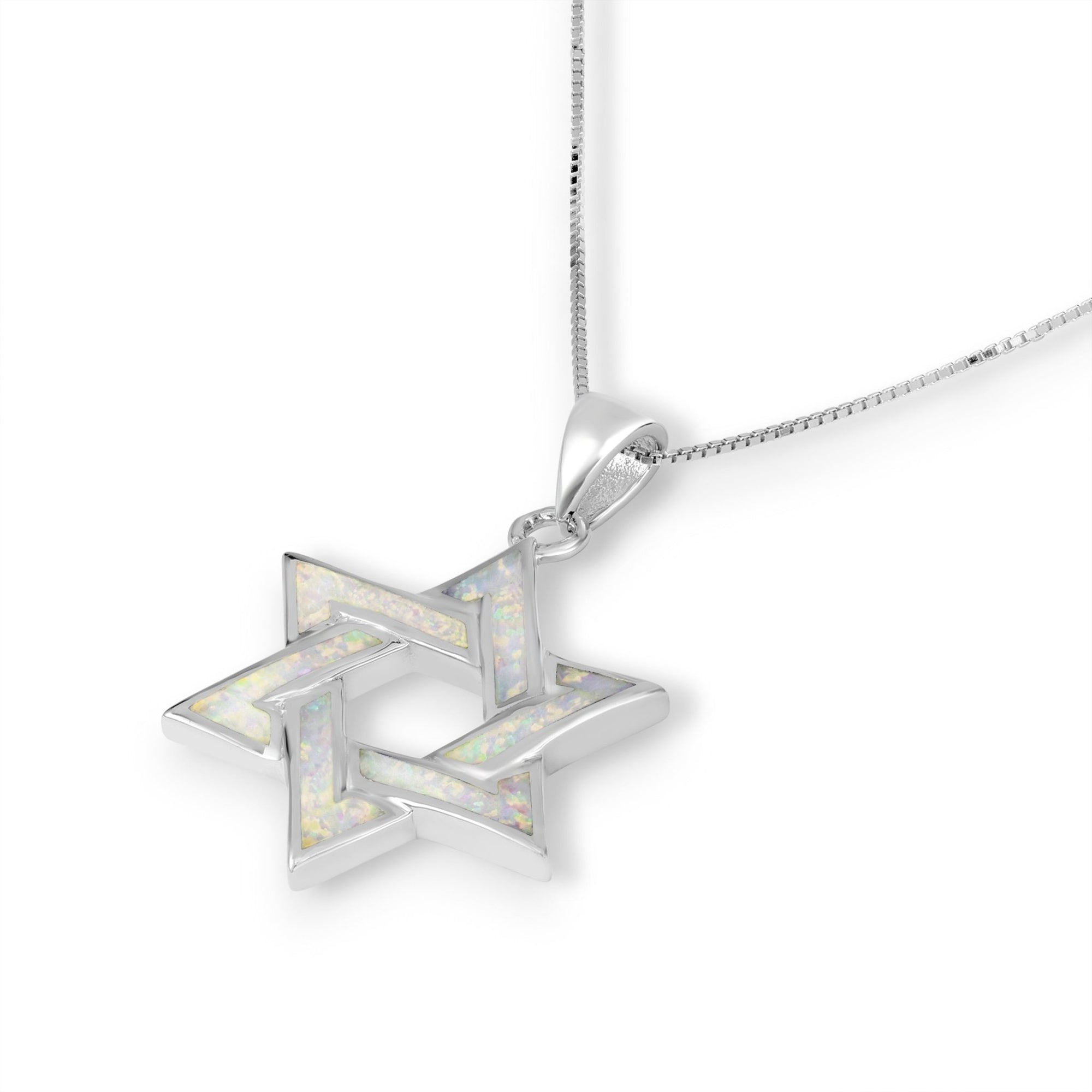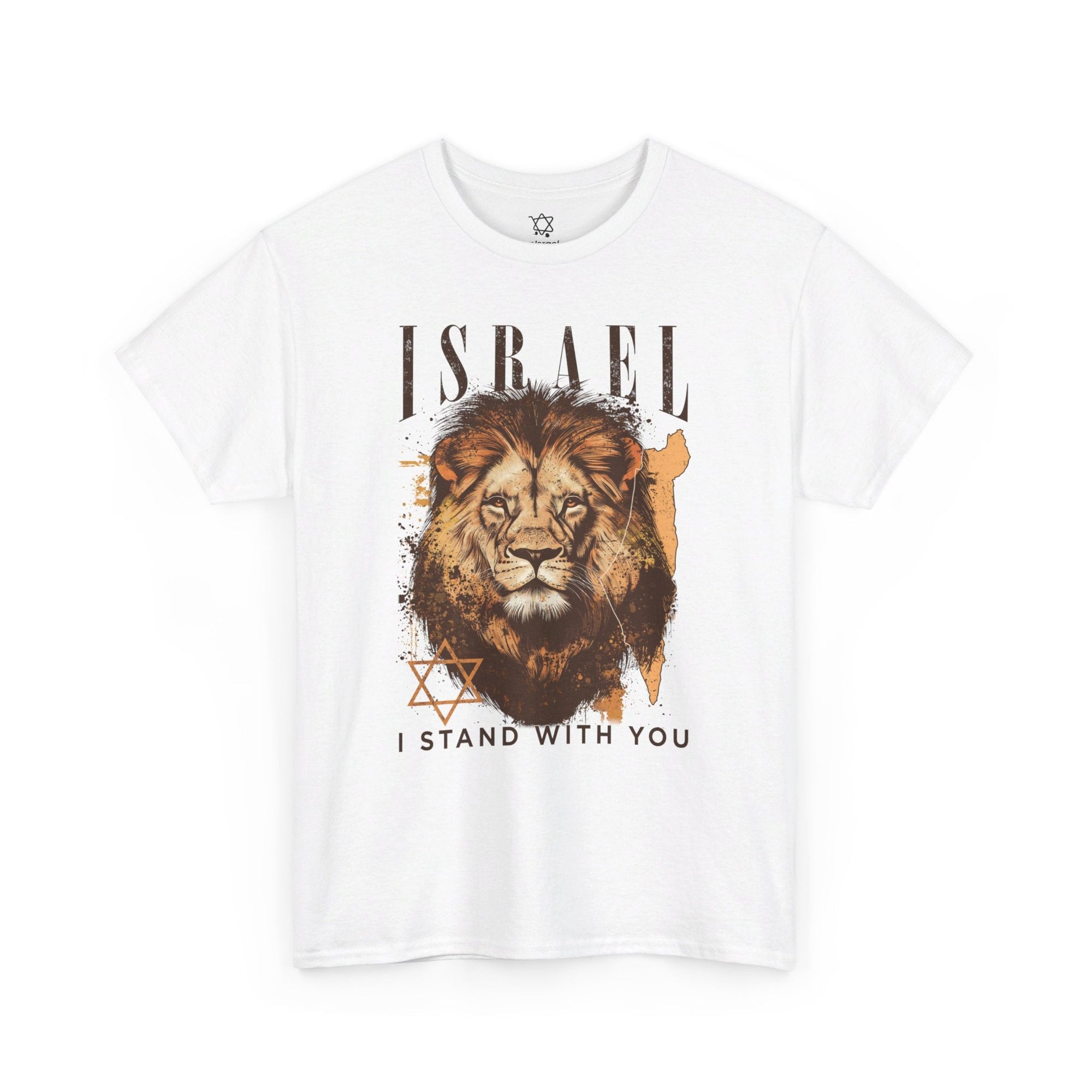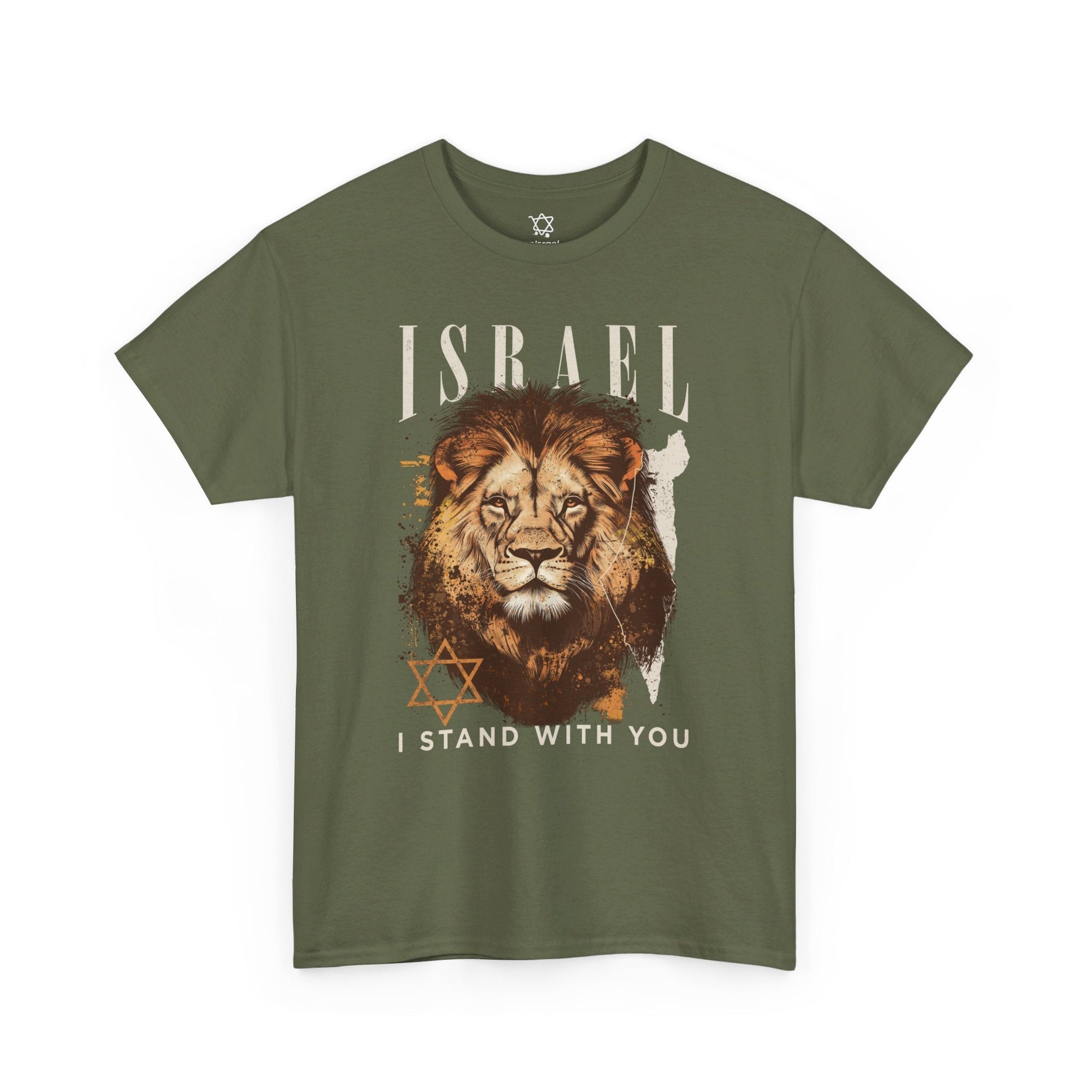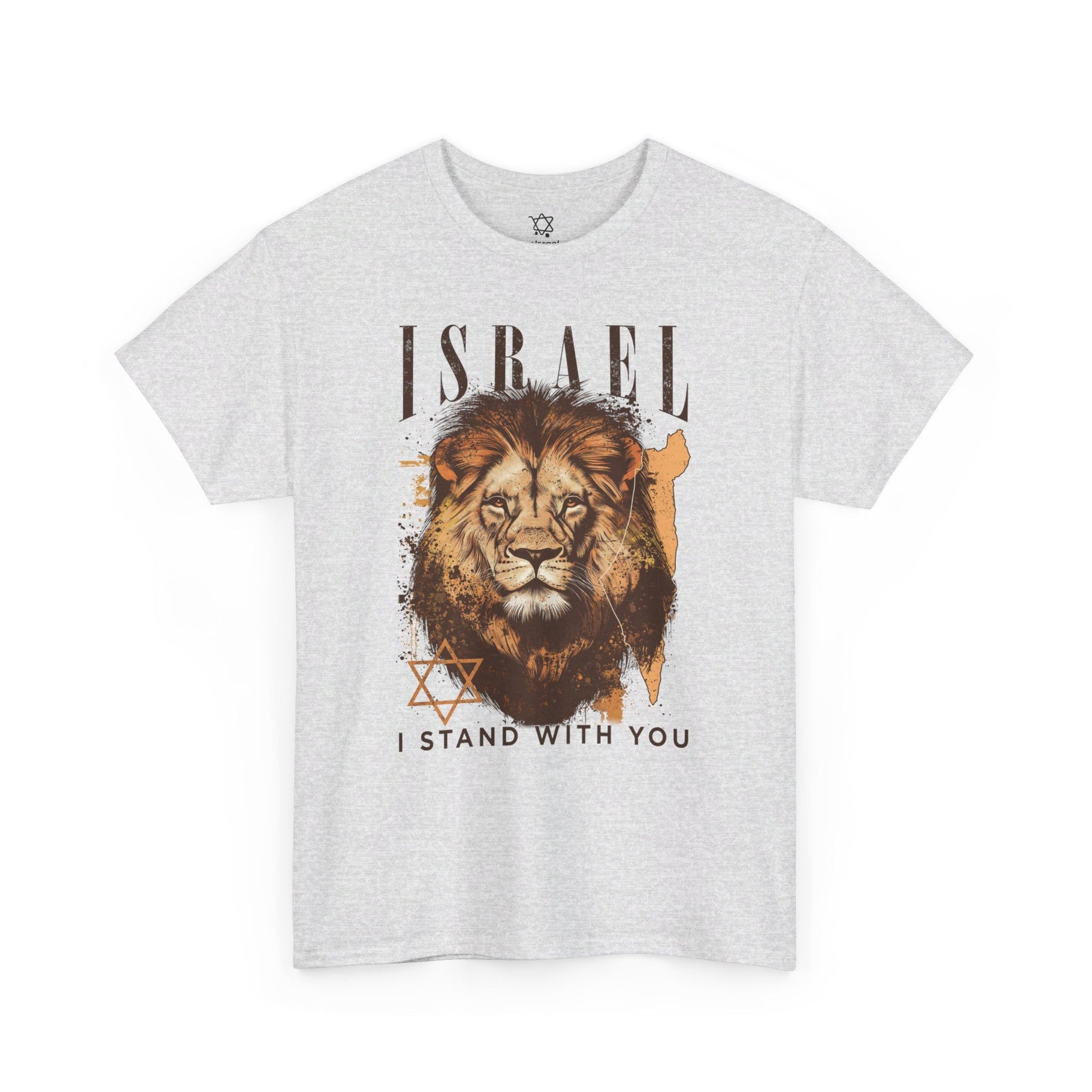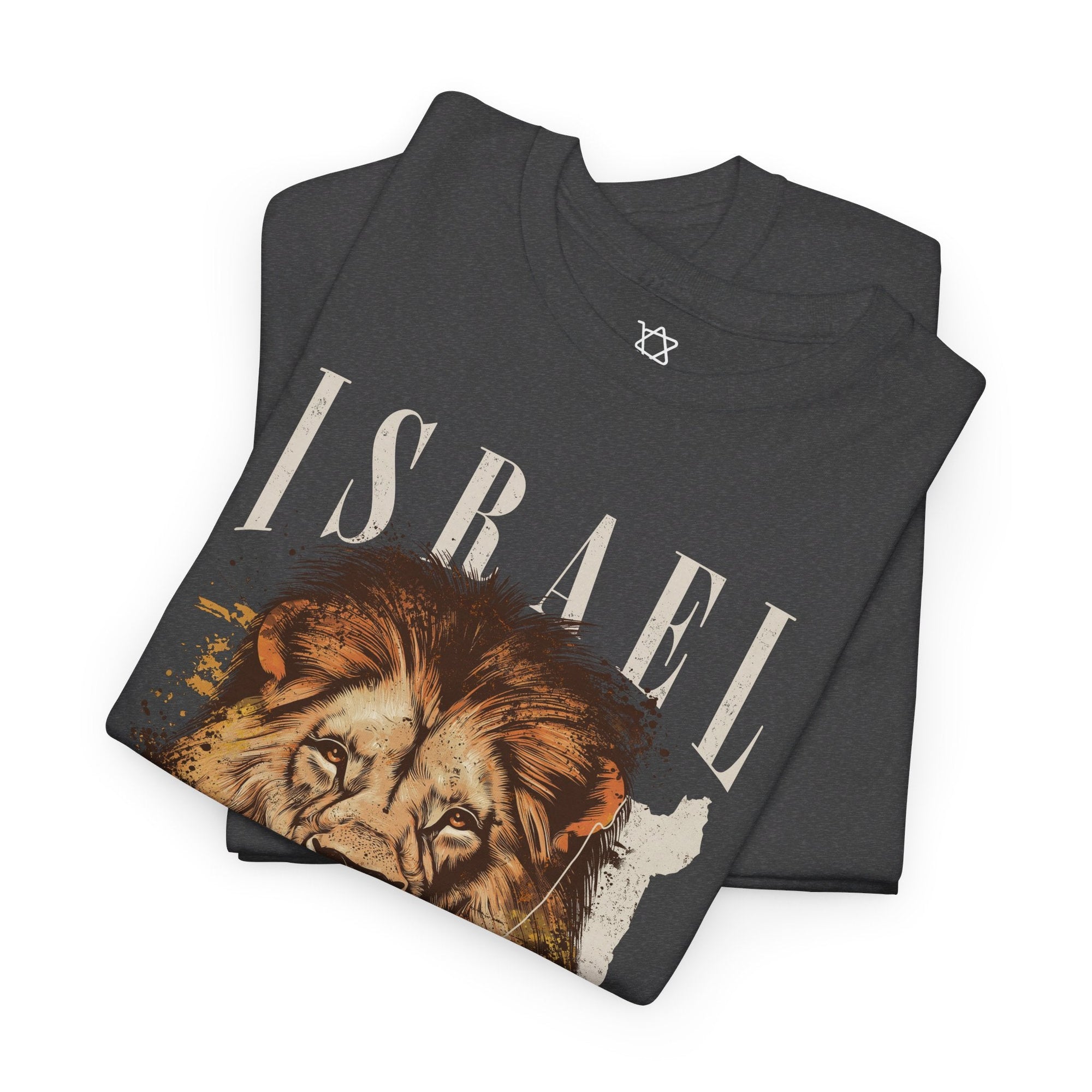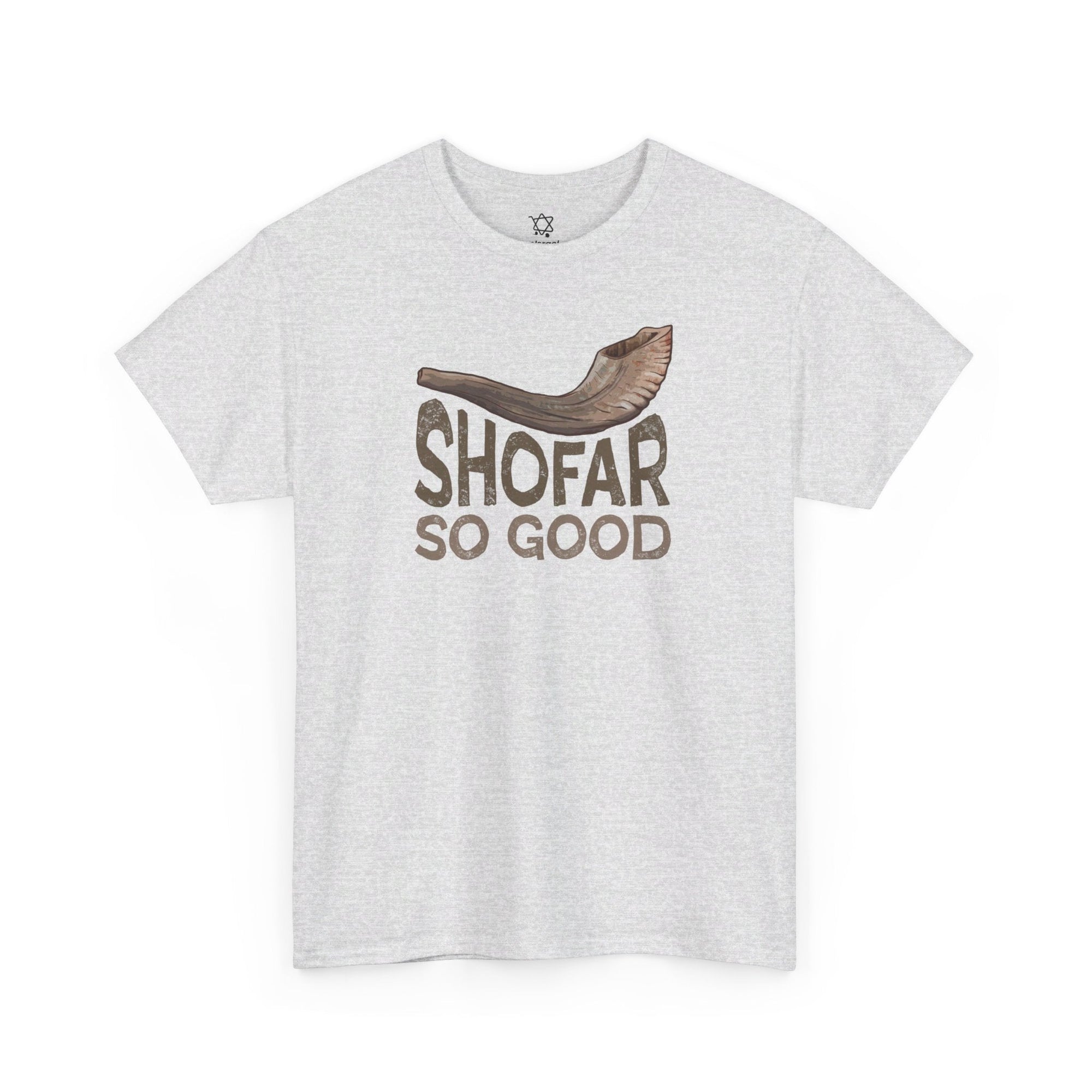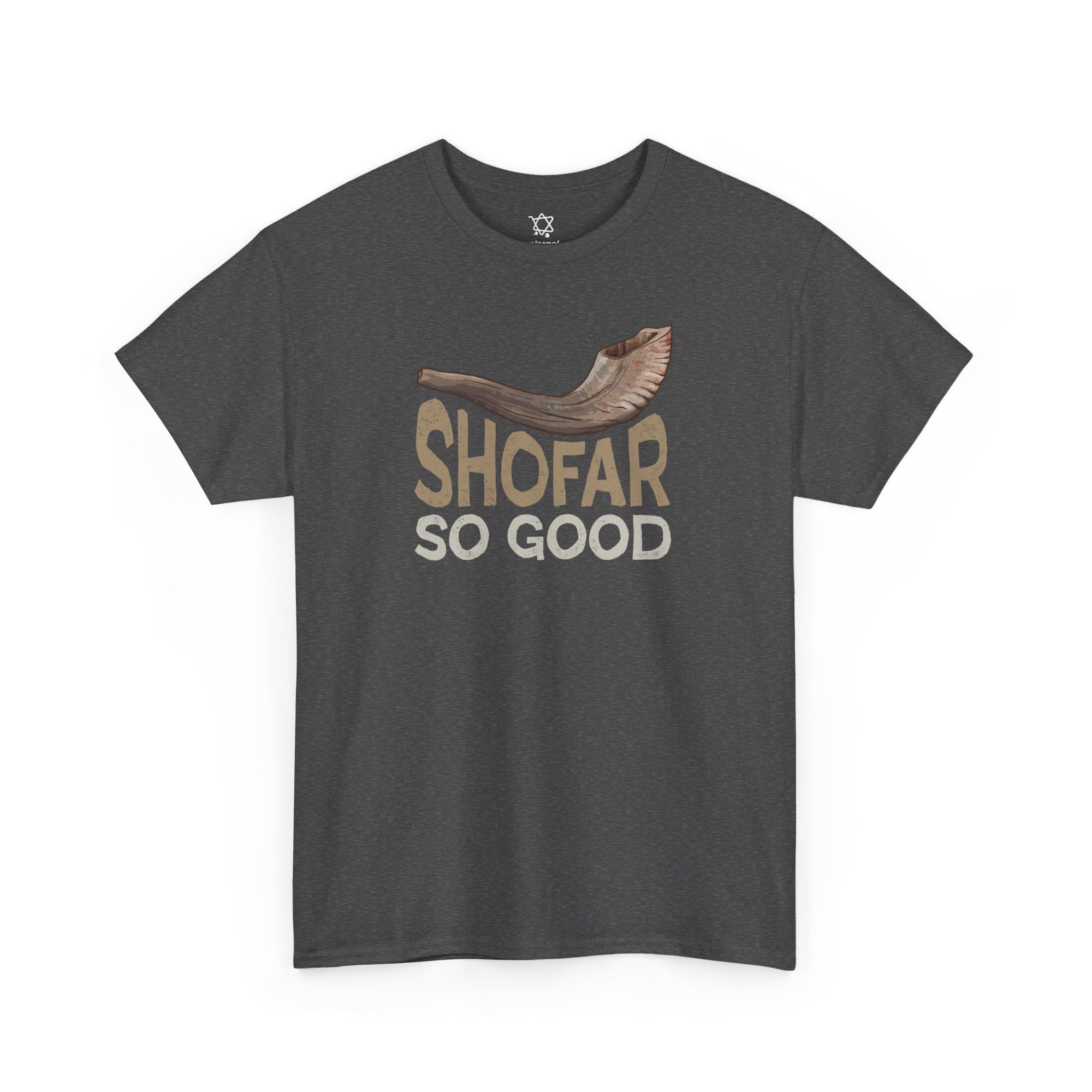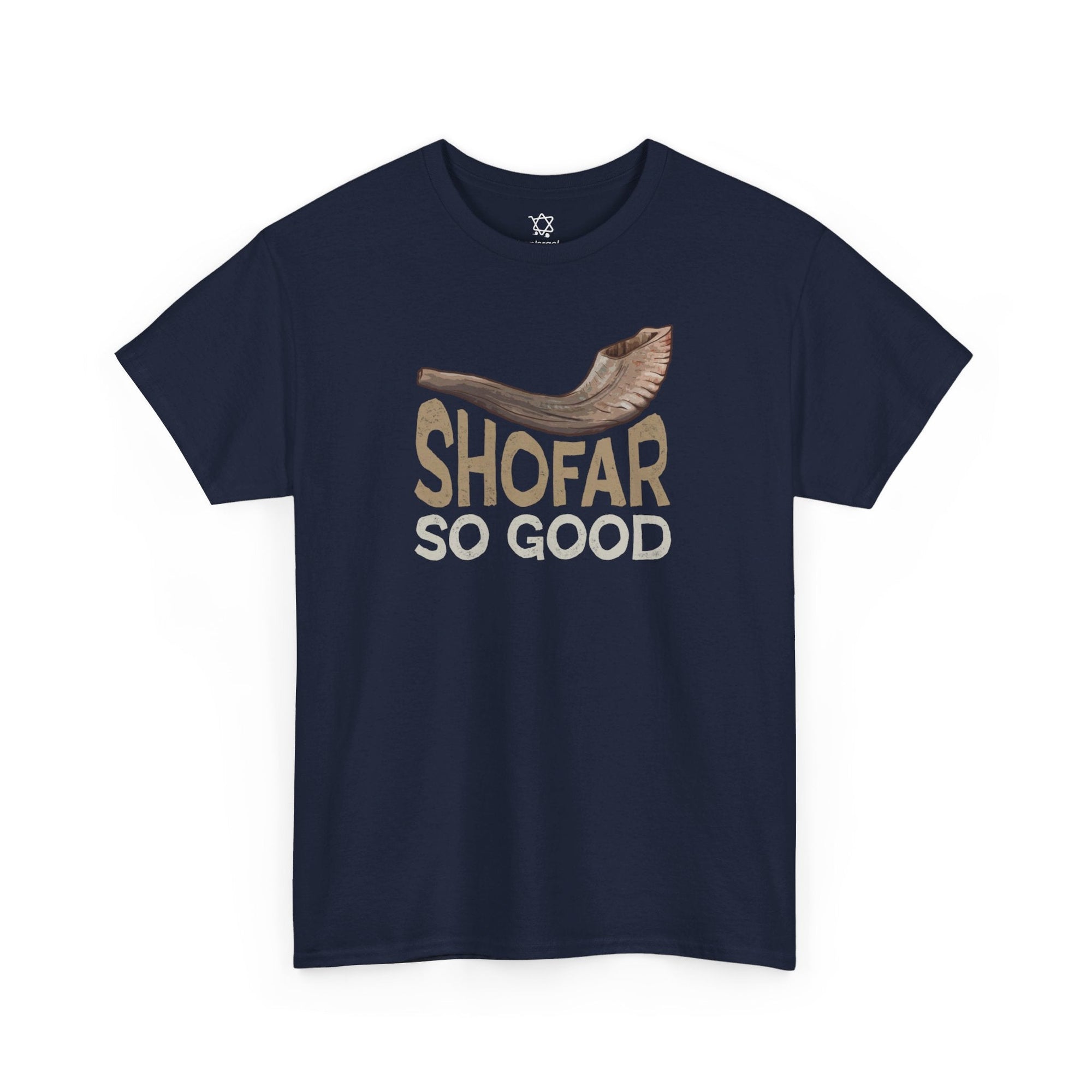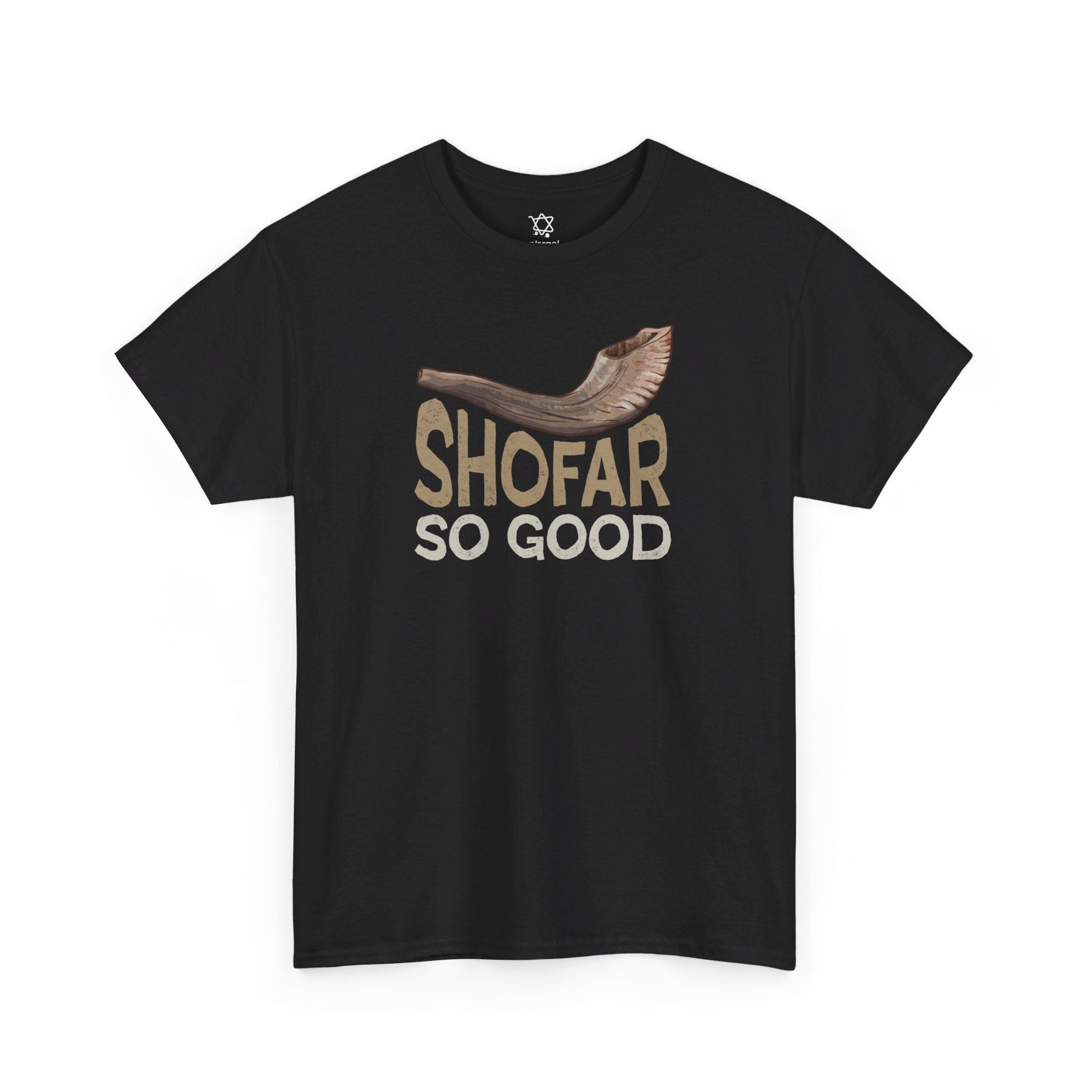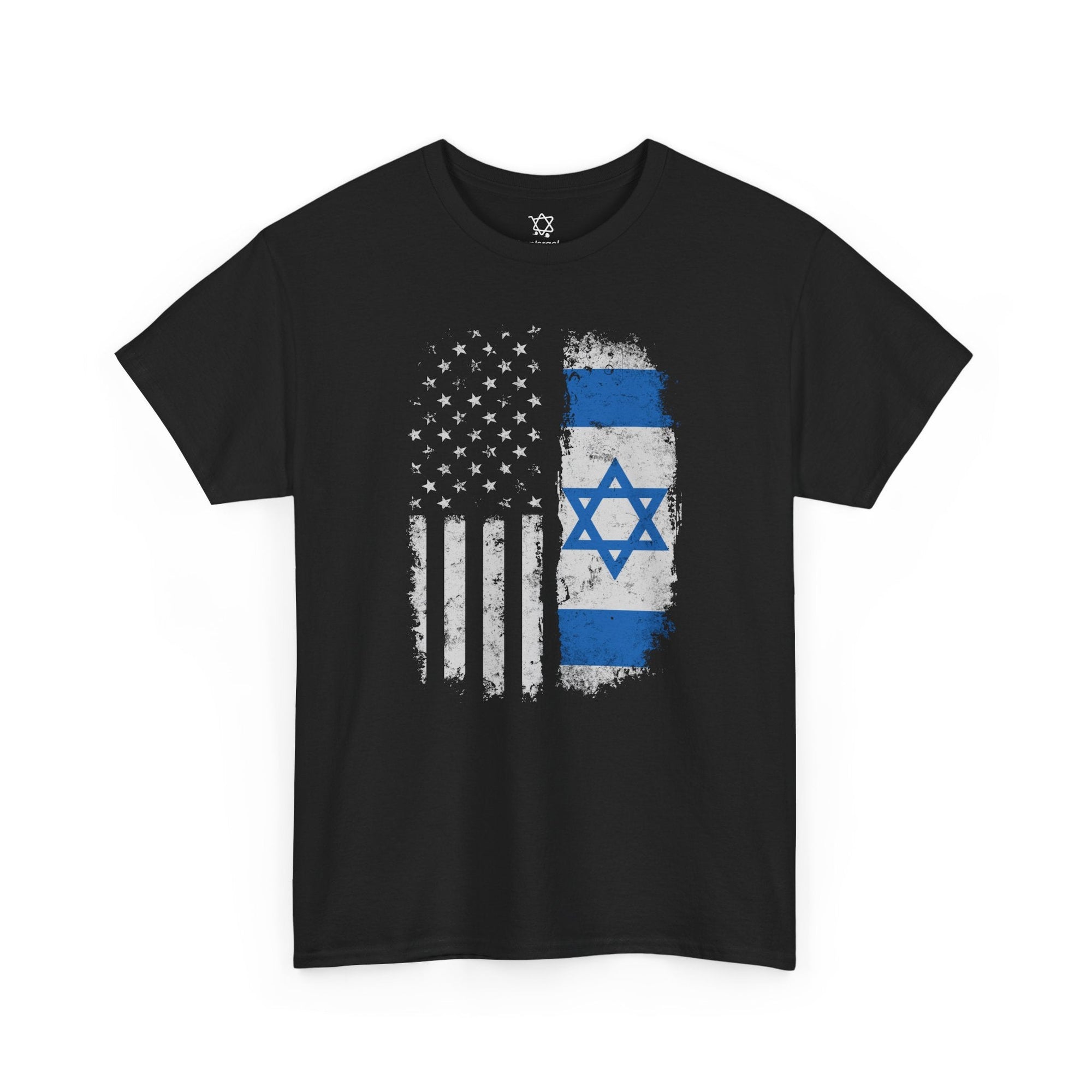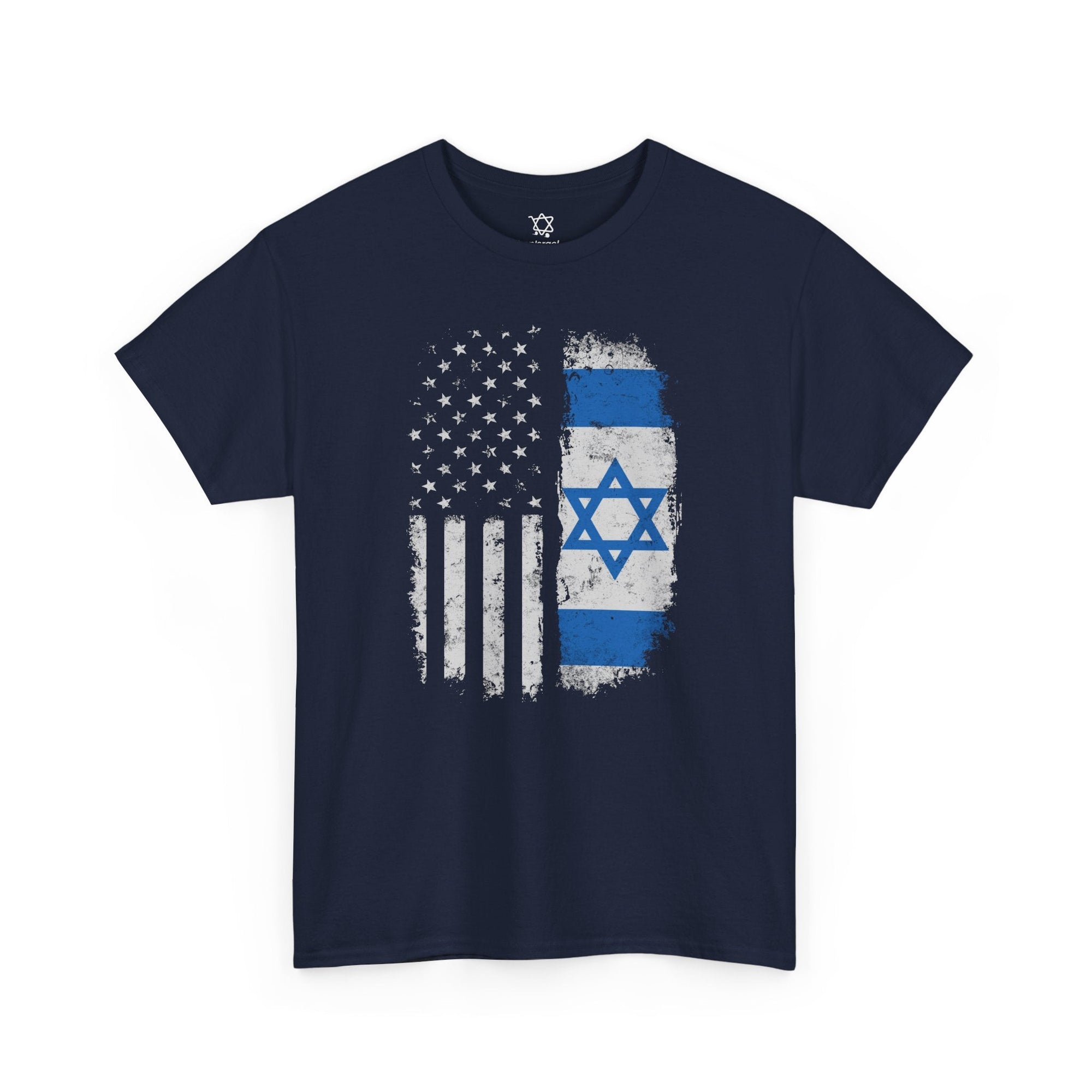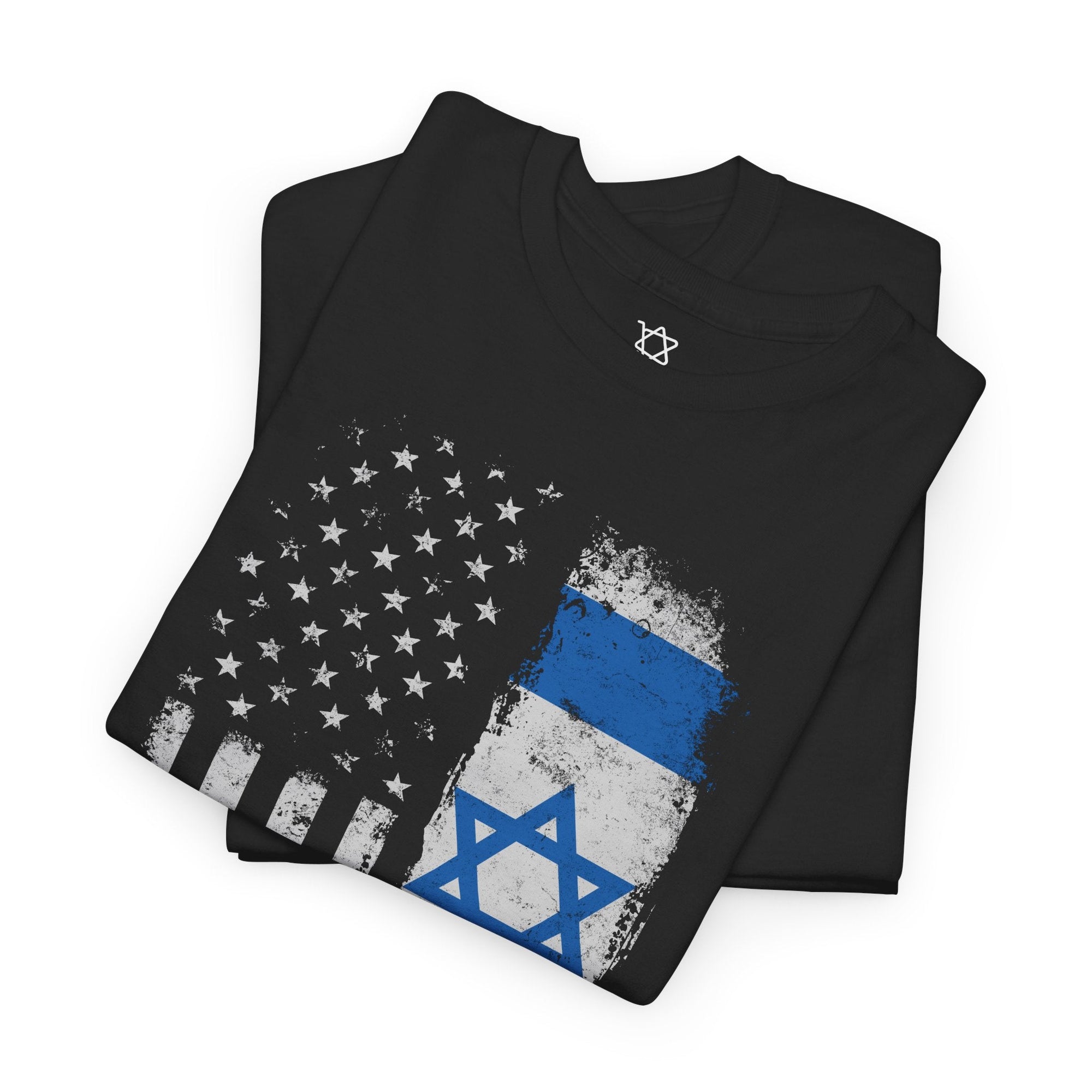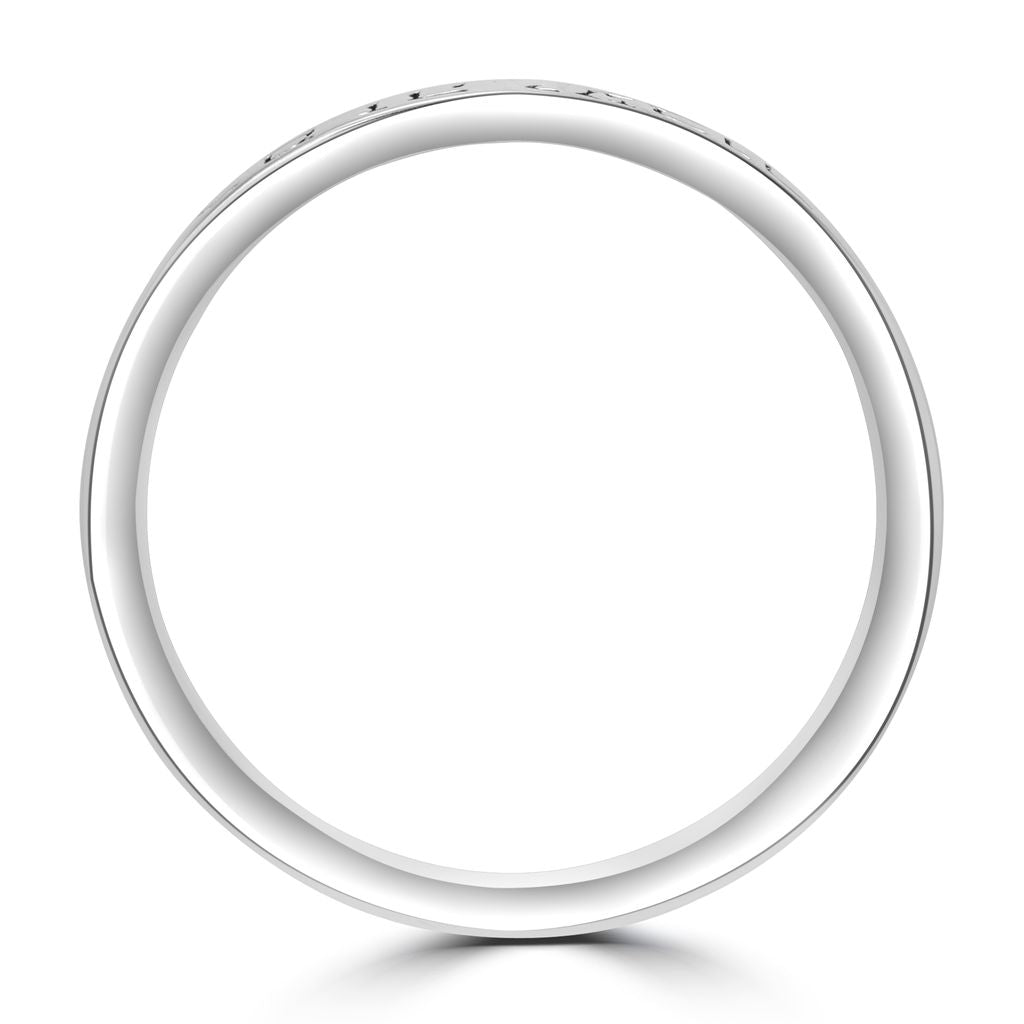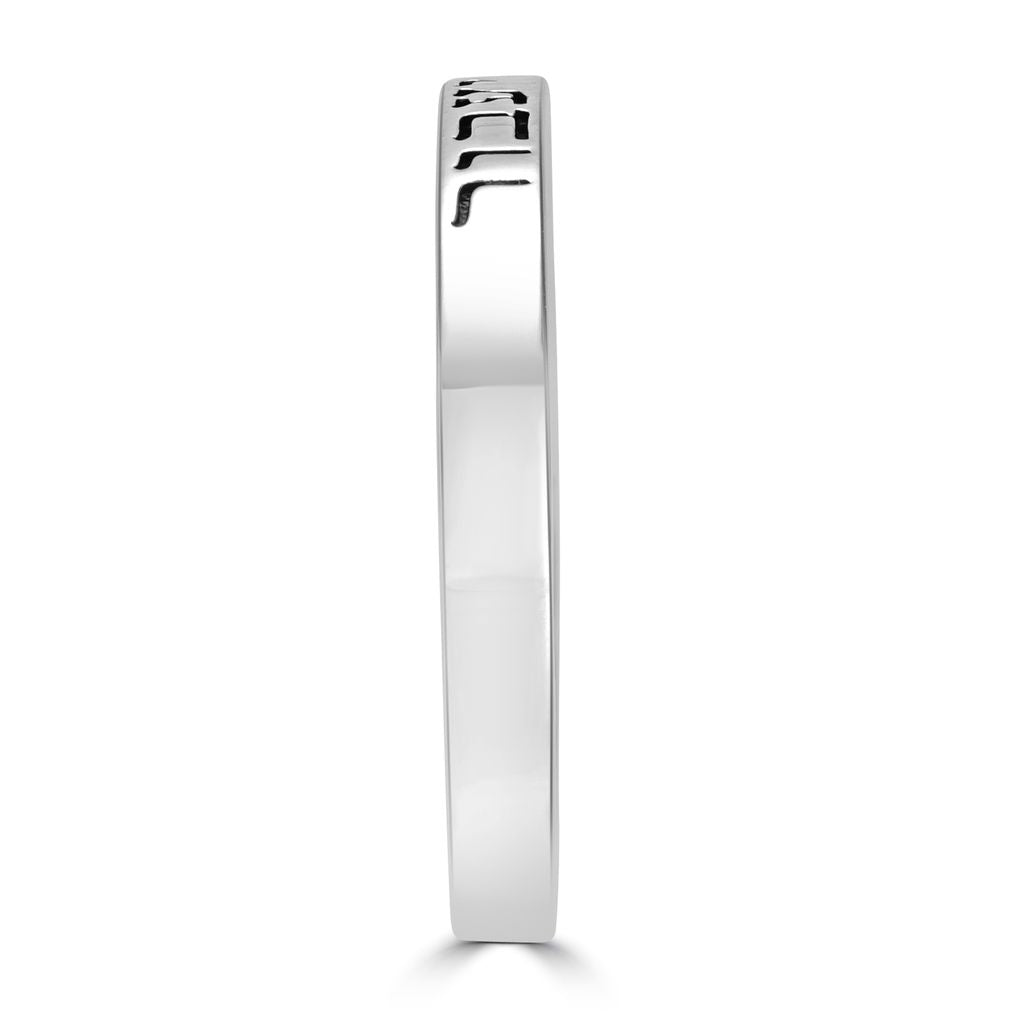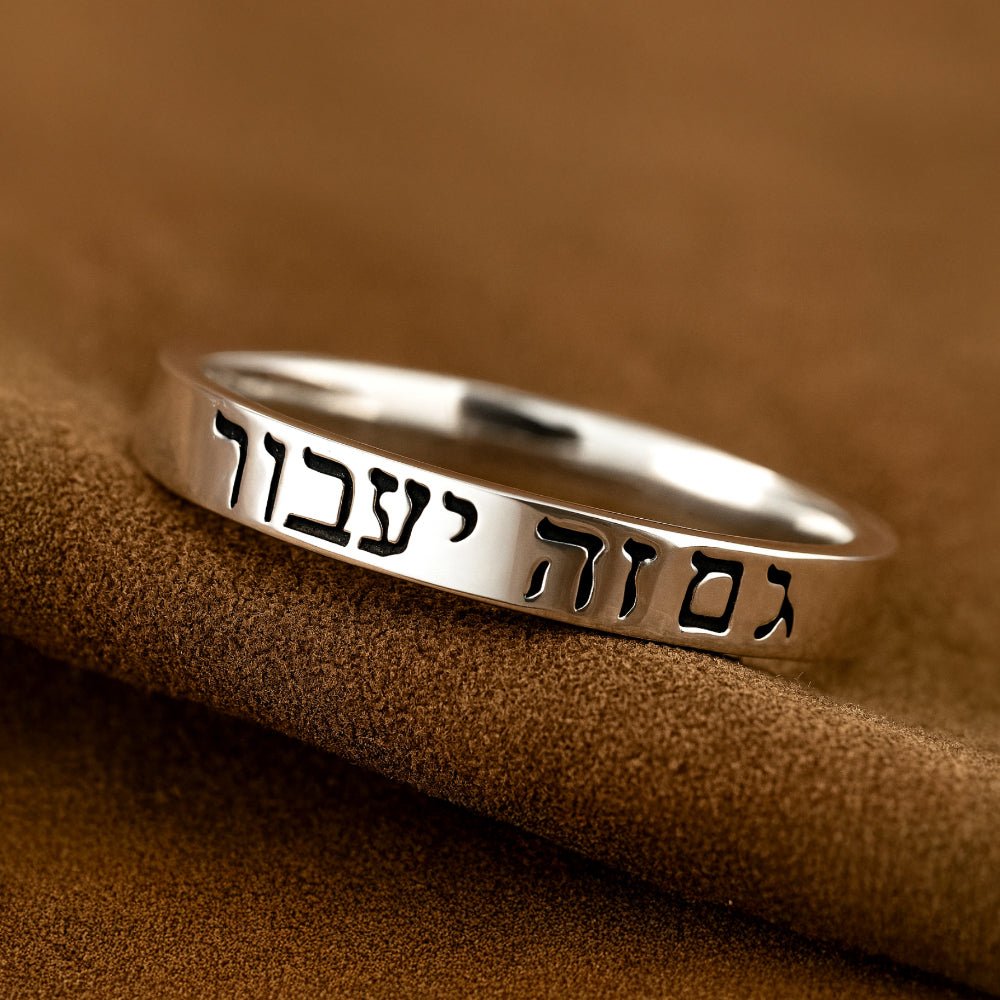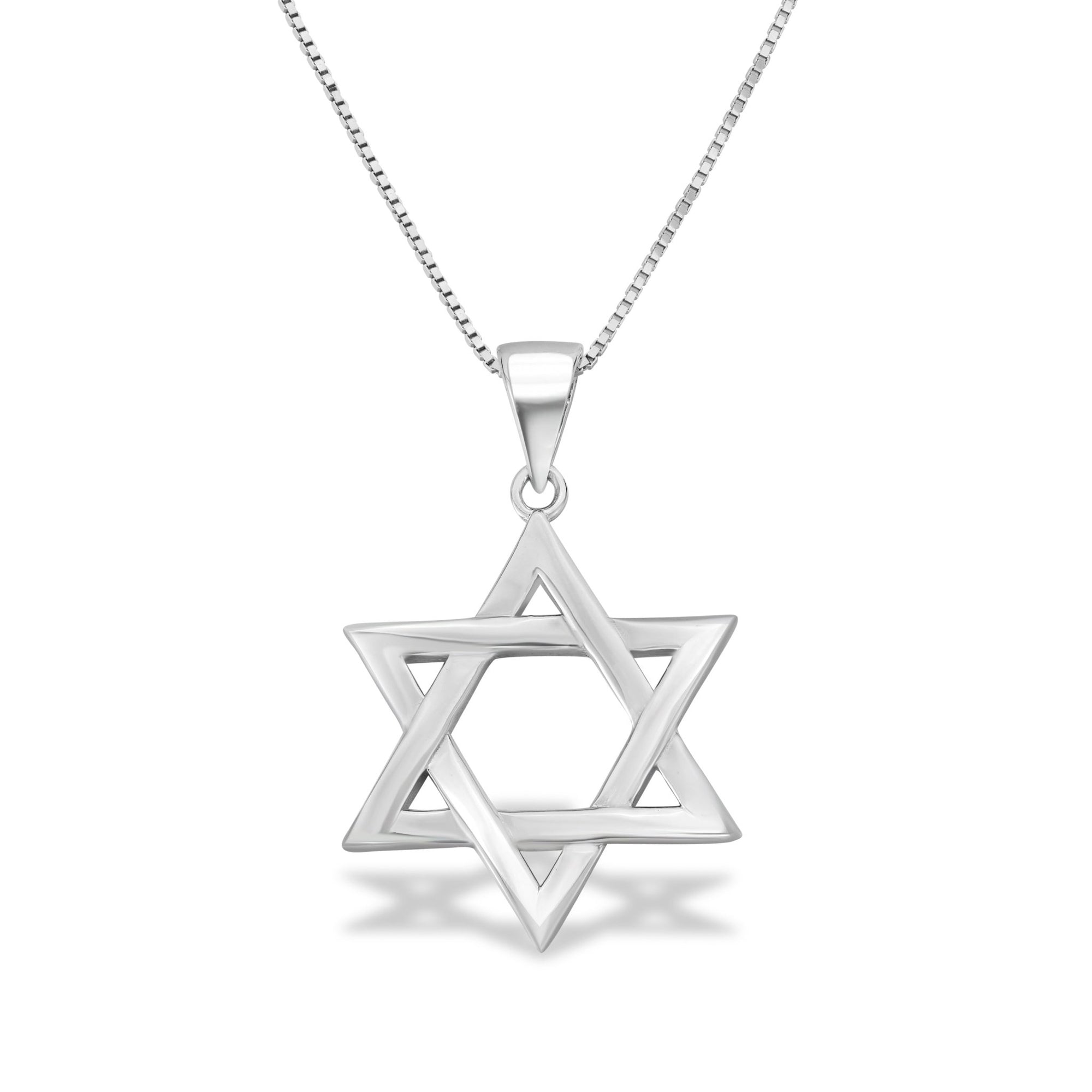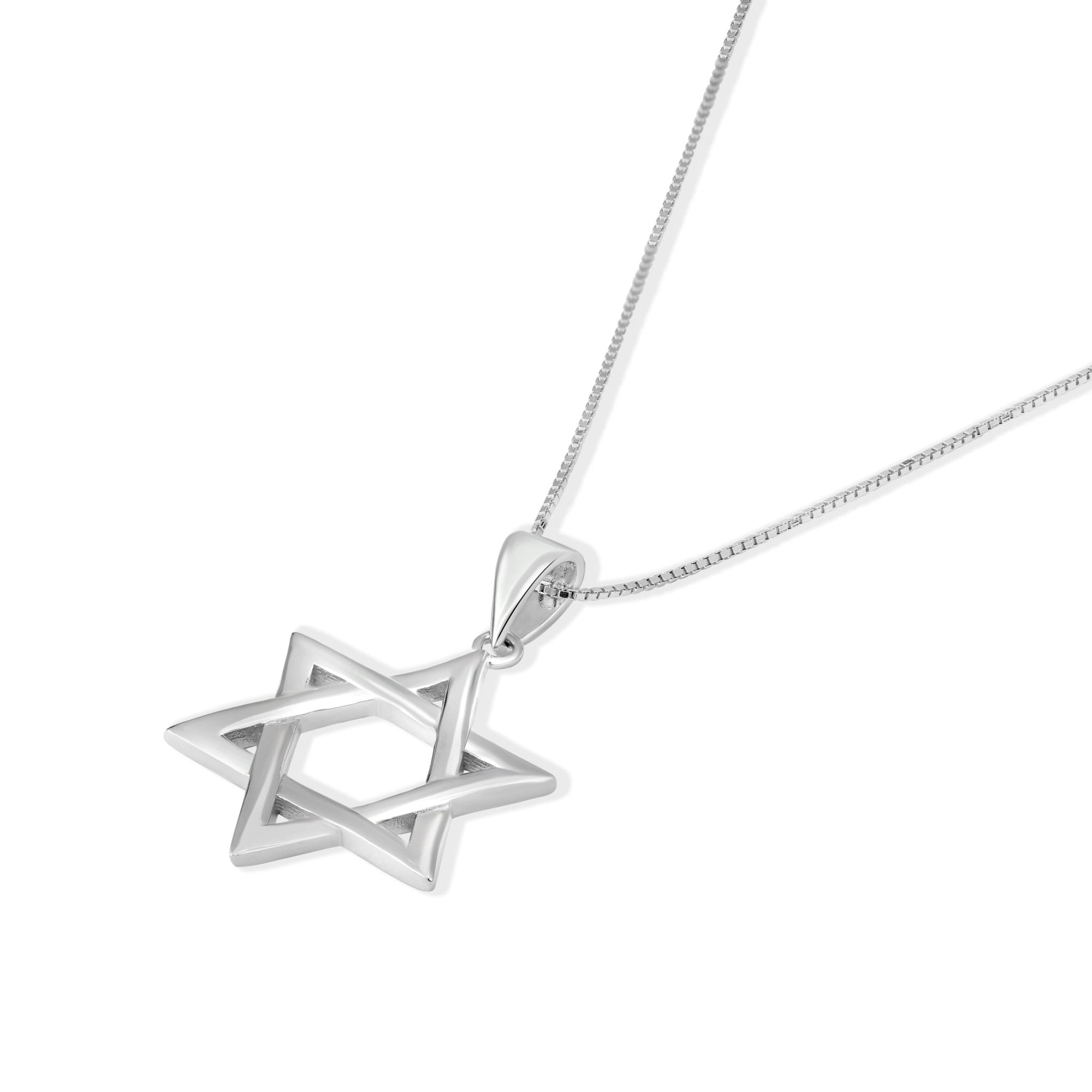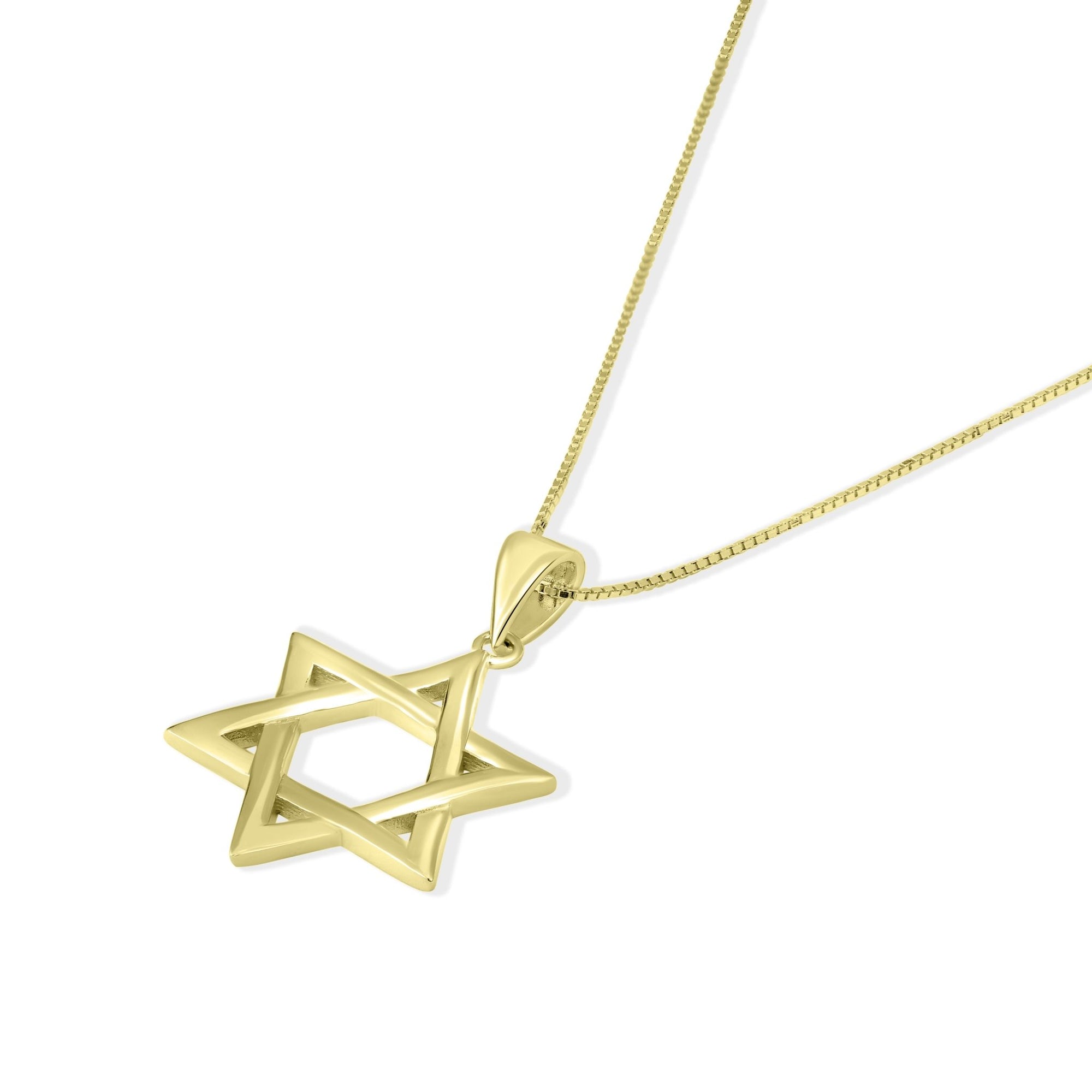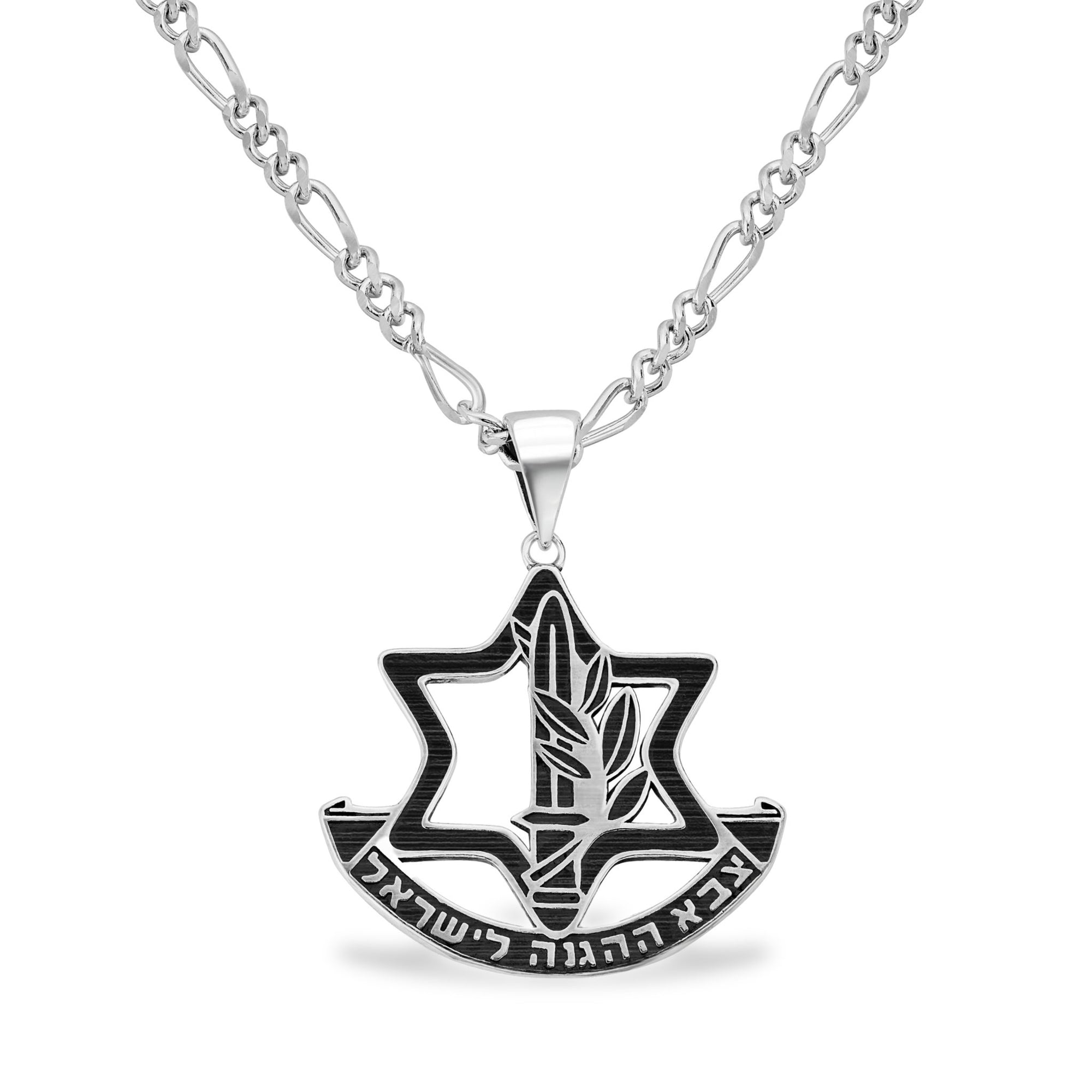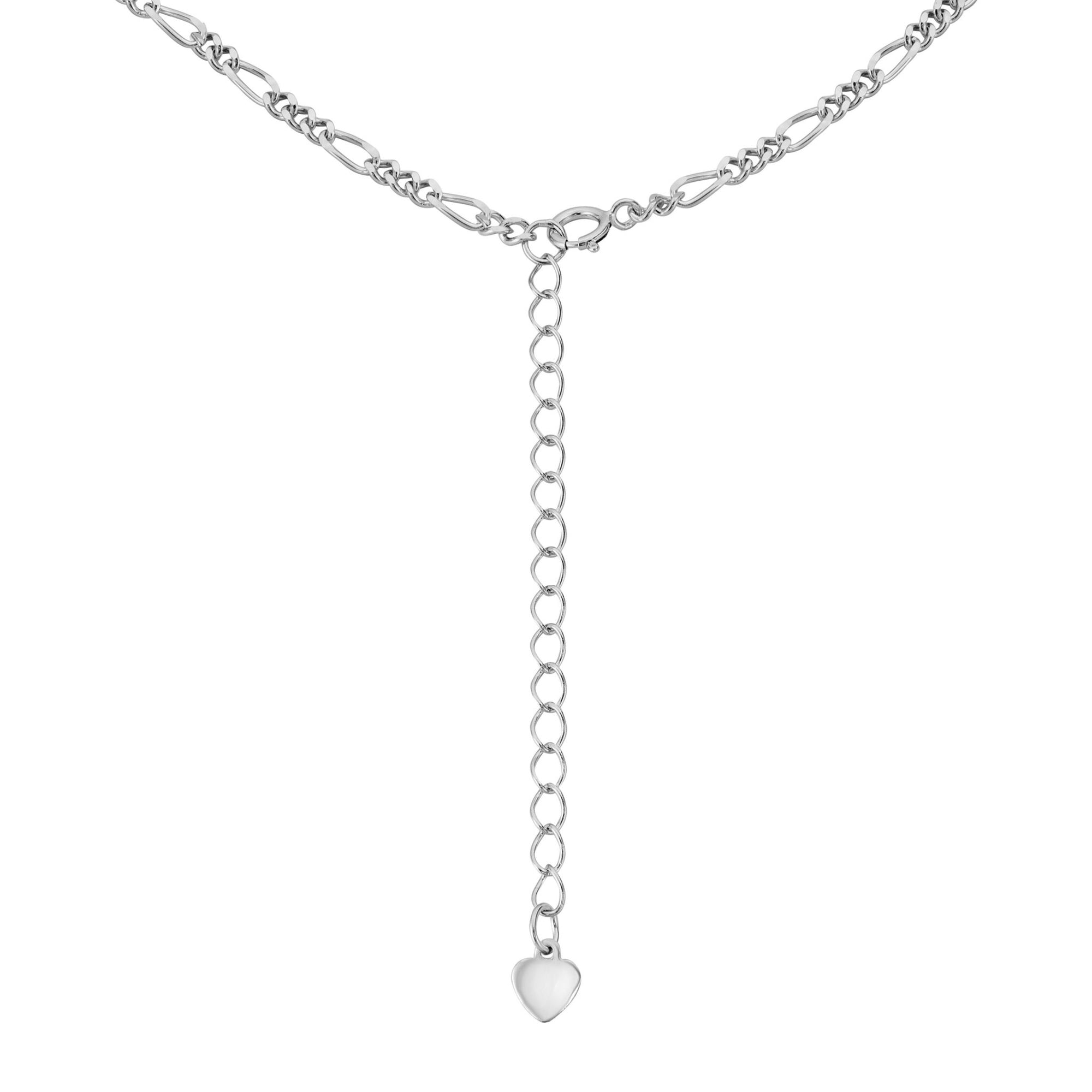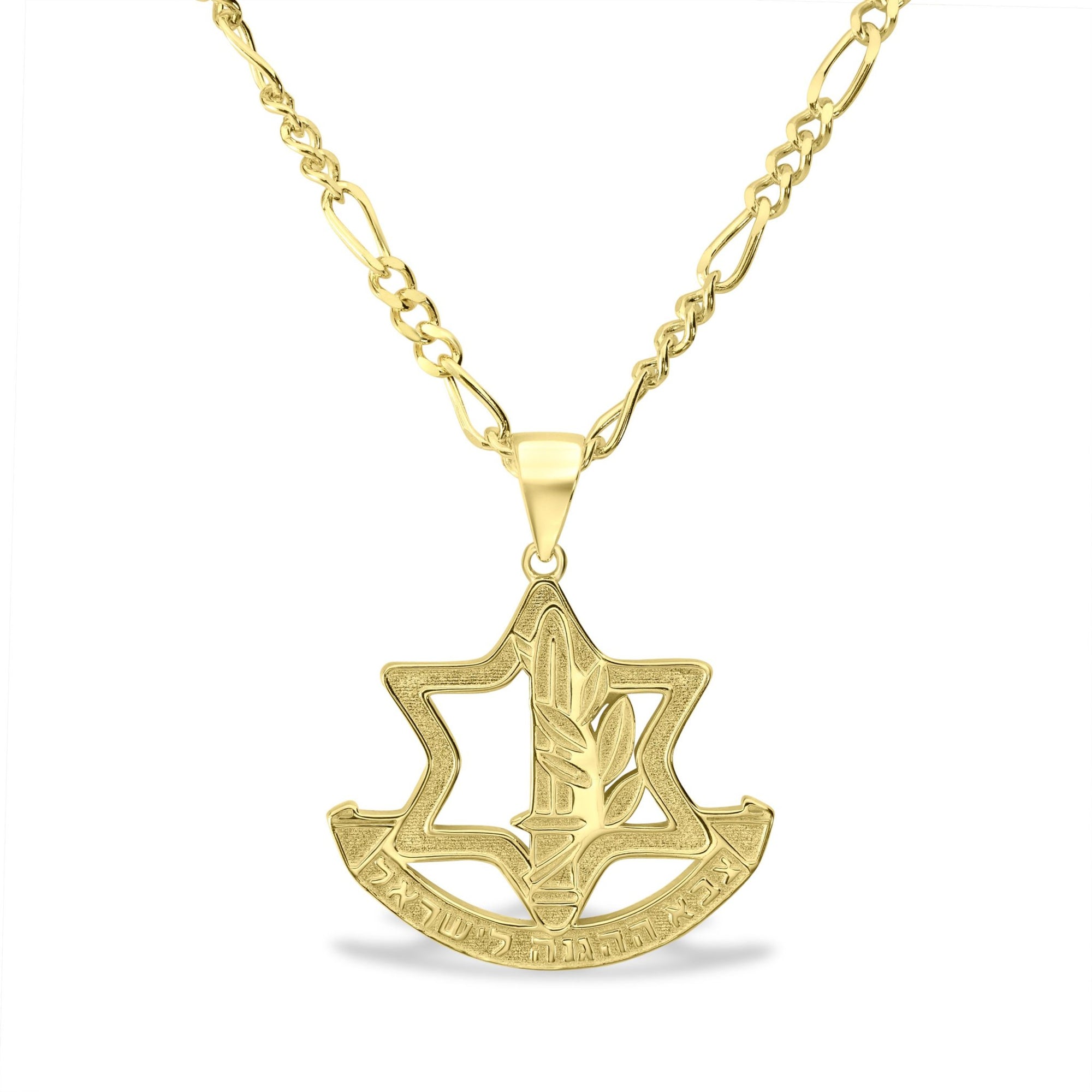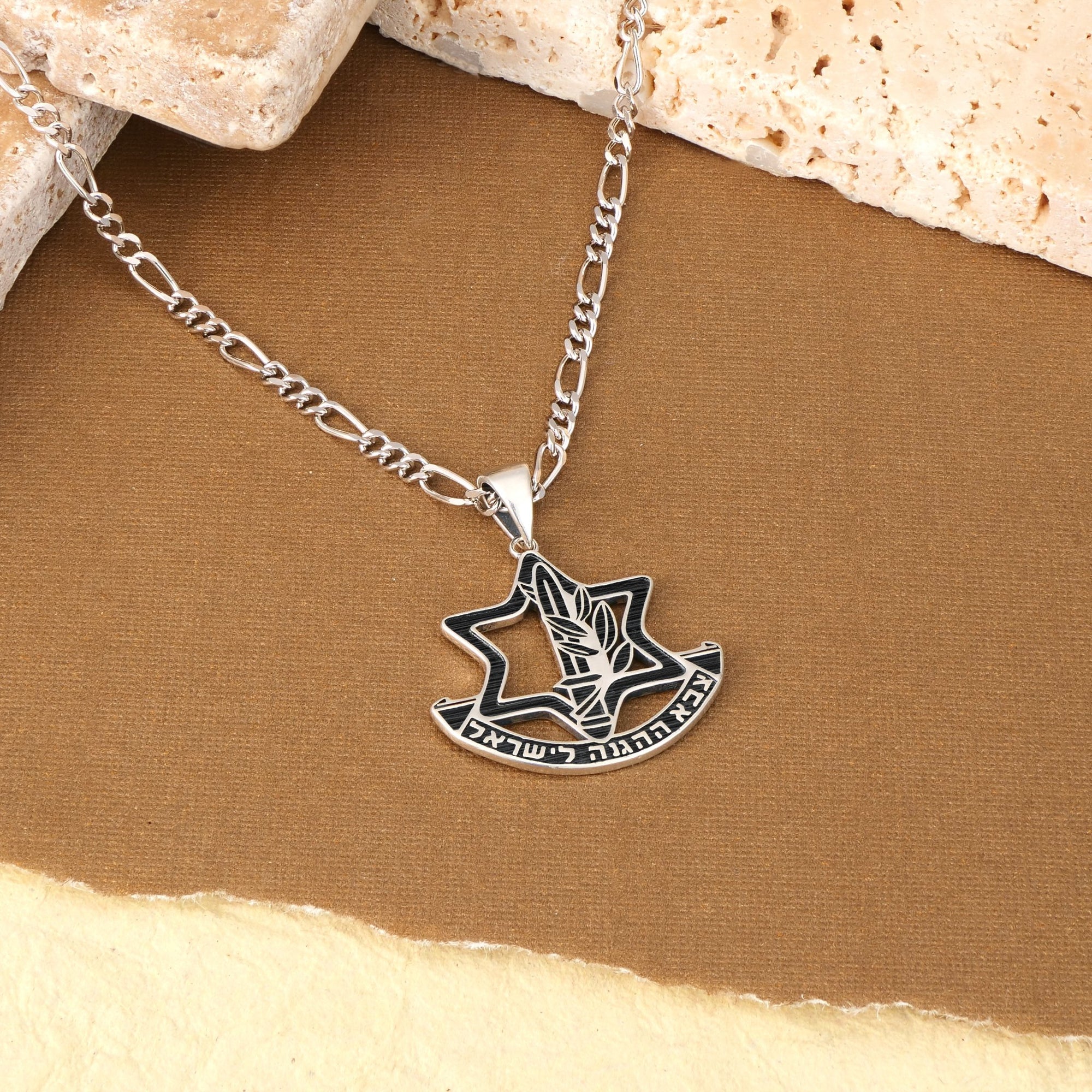Introducing the Shofar: A Timeless Horn
The shofar, an ancient ram's horn instrument steeped in biblical history and spiritual significance, continues to resonate profoundly in contemporary culture. Beyond its traditional use during Jewish High Holidays such as Rosh Hashanah and Yom Kippur, the shofar embodies themes of awakening, repentance, and divine presence that transcend time. Today, this sacred horn has found renewed relevance not only in religious ceremonies but also within modern merchandise, reflecting its deep-rooted spiritual heritage and historical importance. This article explores the enduring symbolism of the shofar and how it manifests in today's cultural and commercial landscapes.
Historical and Spiritual Foundations of the Shofar

What is the origin and historical use of the shofar?
The shofar is an ancient Jewish horn, traditionally made from a ram's horn, with a history that spans thousands of years. Its use has been multi-faceted, serving as a call to repentance, a warning signal in battle, and a ceremonial instrument marking important religious occasions. Historically, the shofar was sounded to announce new moons, the start of Sabbatical and Jubilee years, and the commencement of Shabbat.
How is the shofar mentioned in the Bible and what significance does it hold?
The earliest biblical mention of the shofar is found in Exodus 19:16 during the revelation at Mount Sinai. Here, the shofar blast instilled awe and signaled God's powerful presence as He gave the Torah to the Israelites. It is also famously associated with the battle at Jericho (Joshua 6:4-5), where the blowing of shofars led to the walls falling down, demonstrating divine intervention. The shofar was part of coronation ceremonies like that of King Solomon, symbolizing divine kingship and God's sovereignty.
What symbolism does the shofar carry in Jewish tradition?
Jewish tradition imbues the shofar with deep symbolic meaning. It represents a spiritual awakening and renewal, calling the faithful to repentance and introspection. The horn also symbolizes the ram sacrificed by Abraham in place of his son Isaac, highlighting faith and devotion. The shofar's sound acts as a reminder of God's revelation at Sinai, the ongoing covenant with Israel, and echoes the prophetic calls for righteousness. It is both a call to humility and a herald of divine kingship.
What are the different shofar blasts and their spiritual meanings?
During Rosh Hashanah and other sacred times, distinct shofar blasts are sounded, each carrying specific spiritual messages:
- Tekiah: A long, unbroken blast signaling the coronation of God as King and the call for recognition of divine sovereignty.
- Shevarim: A series of three broken or sighing blasts that express sorrow and the need for repentance.
- Teruah: A rapid series of short blasts acting as a wake-up call for spiritual self-examination and change.
These sounds together inspire renewal, repentance, and a heightened awareness of divine presence, as explained in spiritual lessons of the shofar.
How is the shofar connected to key biblical events?
The shofar’s use is closely tied to major biblical narratives that highlight God's interaction with His people. Its sounding at Mount Sinai coincides with God's revelation of the Torah, marking a foundational moment for Jewish faith. The shofar's blasts at the fall of Jericho signify divine victory over enemies. Throughout biblical history, the shofar heralded war, peace, and sacred appointments, linking it eternally to themes of judgment, redemption, and covenantal relationship with God.
The Symbolism and Spiritual Lessons of the Shofar

What spiritual meanings and symbolism are associated with the shofar?
The shofar is a profound symbol in Jewish spirituality, embodying themes of awakening, repentance, and renewal. Its powerful, raw sound serves as a spiritual alarm, calling individuals to reflect on their lives and return to God. The shofar blasts are traditionally divided into three types, each conveying distinct spiritual messages:
-
Tekiah: A long, unbroken blast representing the coronation of God as King, symbolizing divine sovereignty and the call for recognition of God's kingship.
-
Shevarim: Three short, broken blast sequences reflecting the sobbing cries of a broken heart, emphasizing repentance and human vulnerability before God.
-
Teruah: Nine rapid, staccato blasts acting as a wake-up call or alarm clock, urging honest self-examination and immediate spiritual focus.
The shofar’s sound echoes the biblical proclamation at Mount Sinai, reminding listeners of the sacred covenant between God and the Jewish people. This connection calls for renewed commitment to Torah study and righteous living.
Symbolically, the shofar’s ram’s horn recalls the Binding of Isaac, where Abraham’s faith and devotion are immortalized. This story instills humility and steadfast faith in believers.
Beyond personal reflection, the shofar holds messianic and eschatological significance. It heralds the hopeful future redemption, the final judgment, and the coming of the Messiah. Thus, the shofar functions both as a spiritual awakening now and a beacon of ultimate hope for divine salvation and peace.
These rich layers of meaning make the shofar a uniquely powerful ritual instrument, bridging historical tradition with timeless spiritual lessons.
Modern Production and Kosher Standards in Shofar Merchandise

Materials and Types of Shofars
Most shofars today are crafted from kosher animal horns, with a special preference for the ram's horn shofar due to its deep biblical and spiritual significance. Other materials occasionally used include horns from kosher species such as kudu, gemsbok, and eland. Each type of horn offers a distinct sound and cultural connection within Jewish ritual tradition (shofar in Jewish rituals).
Kosher Requirements and Craftsmanship
Shofar production follows strict kosher guidelines to maintain its ritual purity. This involves detailed processes: sterilizing the horn to remove all residue, carefully shaping and straightening it without coatings, hollowing it appropriately, and polishing to prepare a smooth surface (Kosher shofars for sale). These techniques ensure the instrument meets religious standards necessary for ceremonial use (Halakhic regulations for Shofar blowing).
Handcrafted Shofars from Israel
Most kosher shofars are handcrafted in Israel, blending traditional skills with spiritual intent (Shofar Man family-owned business). Artisans pay close attention to natural form and sound quality, often infusing their work with respect for the horn's symbolism. This craft not only preserves an ancient ritual but also connects users to the historic and contemporary Jewish homeland (Religious and national significance of Israel).
Decorative and Symbolic Designs
Beyond standard shapes, many shofars are embellished with meaningful carvings and motifs. Popular decorations include biblical scenes, the Star of David, Menorah, and intricate geometric or floral patterns. These embellishments enhance the spiritual resonance of the shofar and personalize the instrument as an object of faith and art (shofar symbolism).
Authenticity and Market Challenges
The demand for authentic kosher shofars has unfortunately led to counterfeit products flooding the market, often made from non-kosher animals or failing kosher production methods (Fake Shofar Awareness). Buyers are urged to seek certification and buy from reputable sources to ensure ritual validity. Trusted suppliers typically emphasize transparency and provide kosher certification, safeguarding the instrument's sacred status (Kosher shofars.
| Aspect | Details | Significance |
|---|---|---|
| Materials | Ram, kudu, gemsbok, eland horns | Biblical and ritual importance (shofar significance |
| Craftsmanship | Sterilization, shaping, hollowing, polishing | Meets kosher religious standards (Halakhic regulations |
| Origin | Predominantly handcrafted in Israel | Connection to Jewish heritage and tradition (Religious and national significance |
| Design Elements | Carvings of biblical scenes, symbols (Star, Menorah) | Enhances spiritual and aesthetic value (shofar designs and meaning) |
| Authenticity Concerns | Market counterfeits present | Necessitates certification and trusted sellers (Kosher shofar certification) |
Cultural Resonance and Uses of the Shofar Beyond Religious Rituals

In what ways is the shofar used beyond traditional religious contexts?
The shofar, while deeply rooted in Jewish religious tradition, has found a vibrant presence in broader cultural and global arenas. Its resounding call extends far beyond synagogue walls, touching diverse facets of modern life.
Public campaigns have played a key role in expanding the shofar's reach. Notably, the Chabad-Lubavitch movement initiated efforts to sound the shofar in hospitals, prisons, and public streets. These campaigns aim to bring its spiritual awakening to people wherever they may be, reinforcing its message of renewal and hope.
Politically, the shofar holds symbolic weight. It fortified morale during pivotal moments such as the Six-Day War and has been sounded in contemporary demonstrations, like the Jericho March in 2021. Its tone embodies themes of resilience, calling for unity and awakening amid social and political struggles.
Musically, the shofar's unique, raw sound has inspired artists across genres. Classical composers like Edward Elgar and John Zorn have woven its calls into symphonies, while avant-garde and Jewish punk bands have embraced it for its evocative power. Pop icons like Madonna incorporated the shofar during their exploration of Kabbalah, blending ancient sound with modern artistry (shofar in Jewish religious rituals and Madonna's Kabbalah phase).
The shofar also appears in popular media, from the opening notes of "West Side Story" to appearances in the "Star Wars" franchise. These instances often use the shofar's sound to evoke divine presence, awakening, or historic significance.
Overall, the shofar continues to be a potent symbol of spiritual call, cultural identity, and collective strength, echoing ancient traditions in vibrant contemporary contexts (shofar symbolism and significance.
The Shofar in Modern Merchandise: A Bridge Between Tradition and Contemporary Expression
Commercial shofar availability and reputation
Today, shofars are widely available through specialized vendors committed to honest sourcing and kosher certification, ensuring authenticity. Businesses import a variety of shofar types—rams, kudus, and oryx—handcrafted with care to meet religious standards. This emphasis on quality supports both ritual use and collectors’ interest. Learn more at Shofar Man family-owned business.
Symbolism in gift-giving and decorative use
Shofars often serve as meaningful gifts for significant religious milestones like Bar Mitzvahs or housewarmings. Beyond ritual use, they function as symbolic décor, representing faith, cultural heritage, and spiritual values. Their presence in homes and synagogues serves as a constant reminder of tradition and divine connection. See shofar symbolism and shofar designs.
Artistic expressions in shofar designs
Artisans create shofars that range from natural, unadorned horns to highly decorative pieces featuring biblical scenes, Kabbalistic symbols, and Jewish motifs such as the Star of David or Menorah. Modern designs also include abstract patterns and personalized engravings, enabling personal and artistic expression while honoring the shofar’s sacred roots. More on shofar designs and symbolism.
Spiritual and personal significance to buyers
For many purchasers, acquiring a shofar connects them deeply to Jewish history and spirituality. The ritual act of blowing the shofar or owning one invites reflection, repentance, and a sense of belonging. Personalized and handcrafted shofars enhance this connection by merging individual stories with collective tradition. Explore the spiritual lessons the sounds of the shofar teach us and shofar spiritual significance.
The shofar as a cultural and religious icon
Modern shofar merchandise embodies a powerful symbol bridging ancient heritage and contemporary identity. It reinforces the shofar’s place as a spiritual instrument, a cultural emblem, and a medium for expressing Jewish continuity. The integration of shofars into both ritual life and modern culture highlights its enduring role across generations. See shofar in Jewish culture and shofar symbolism in Judaism.
How does modern merchandise reflect the spiritual and historical significance of the shofar?
Modern merchandise featuring the shofar ranges from traditional kosher ritual instruments to decorative and personalized pieces that honor its spiritual legacy. These items serve as meaningful gifts for religious milestones like Bar Mitzvahs, symbolizing faith and connection to heritage. Artistic variations incorporate Kabbalistic symbols, biblical motifs, and contemporary patterns, allowing individual expression while preserving sacred themes. Businesses specializing in shofars emphasize authenticity, craftsmanship, and spiritual significance, reinforcing the shofar’s role as both a religious mandate and a cultural icon bridging ancient tradition with modern identity. For detailed background see the meaning of the shofar, shofar in the Bible, and shofar history and spiritual role.
Continuing the Legacy of the Shofar
The shofar remains a profound emblem of spiritual awakening, faith, and communal identity, echoing ancient calls to repentance and renewal. Its journey from biblical horn to a cherished, authentic piece of modern merchandise reflects the dynamic intersection of tradition and contemporary culture. Whether as a ritual object, a symbol of divine sovereignty, or an artistic expression embedded in gifting and public ceremony, the shofar continues to inspire and unite across generations. In celebrating both its sacred past and its vibrant presence today, the shofar’s timeless call endures—inviting reflection, hope, and connection in an evolving world.



